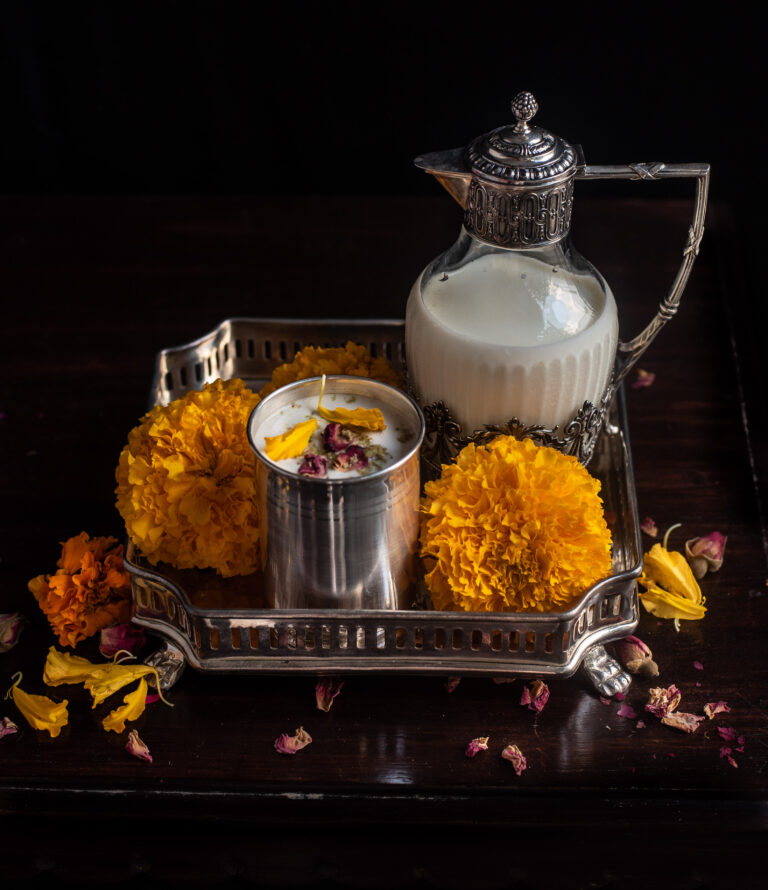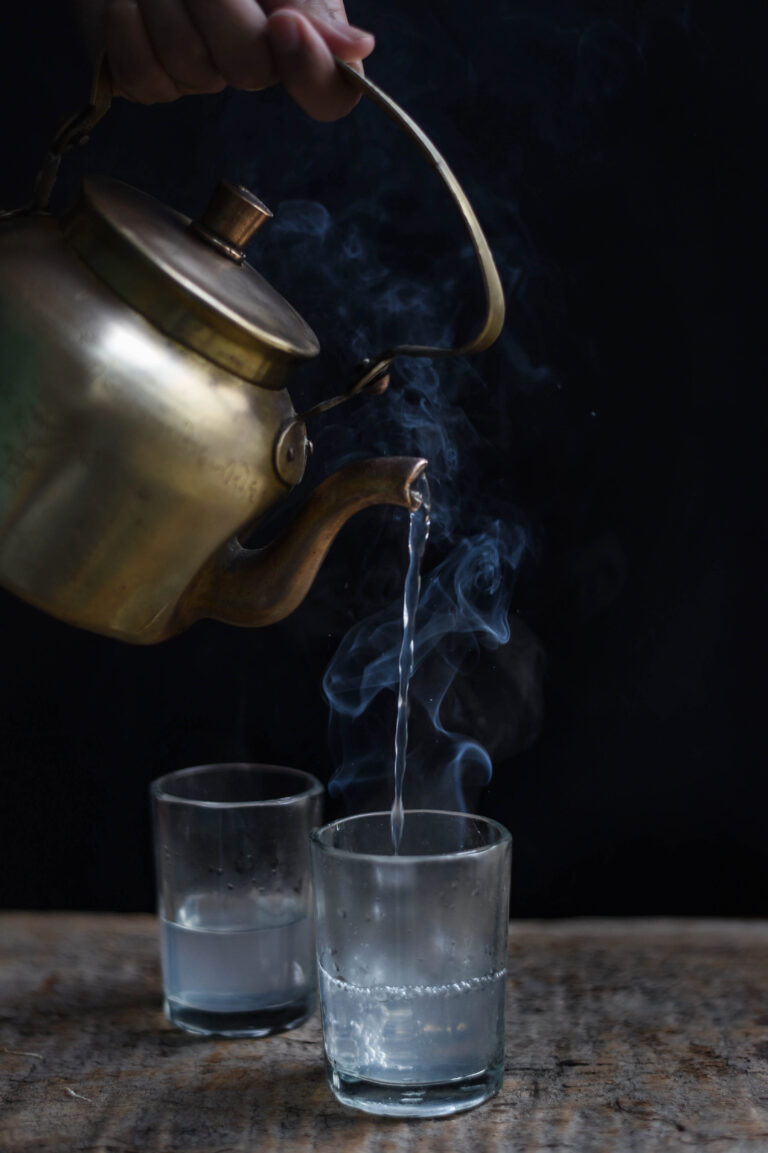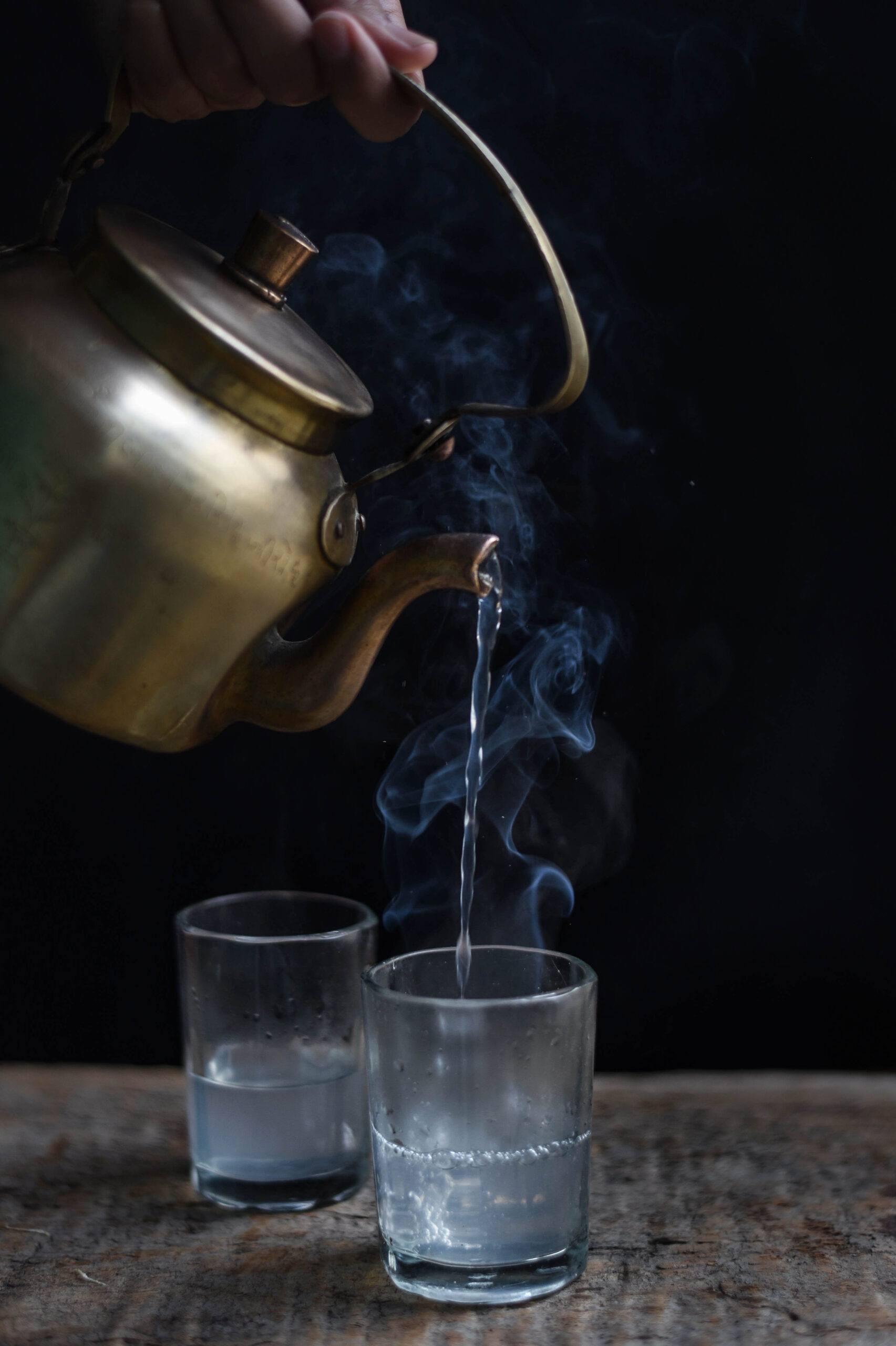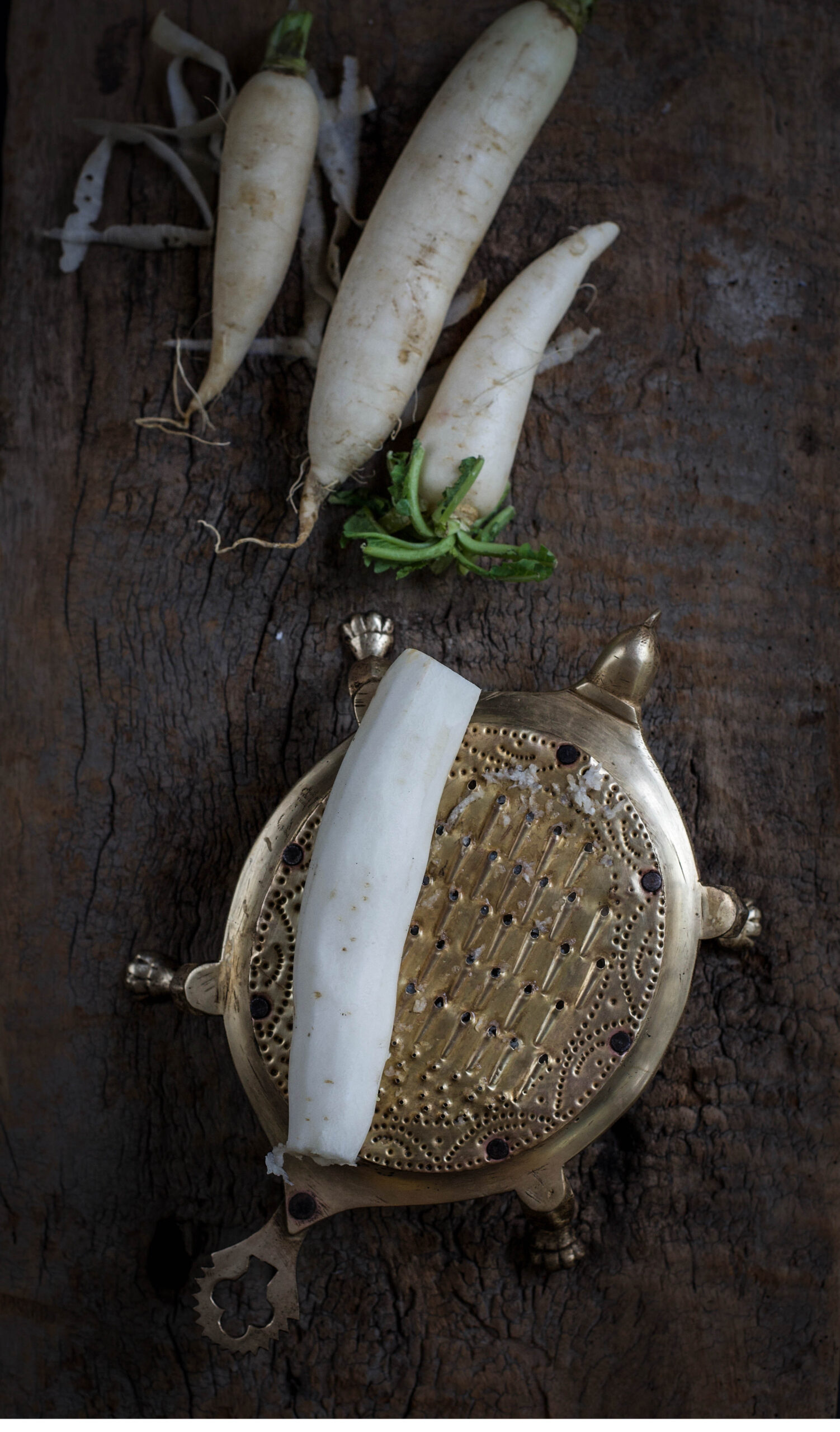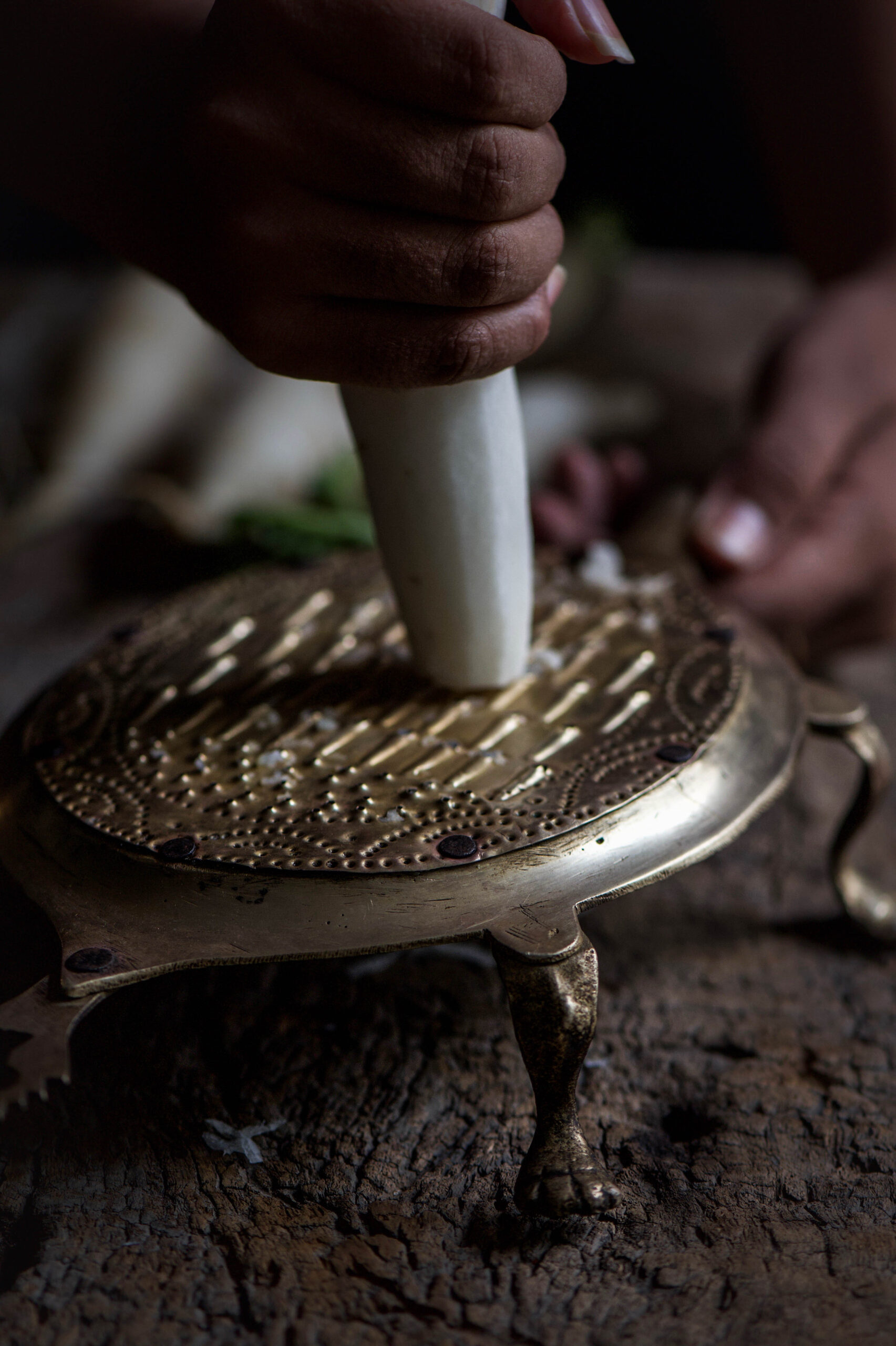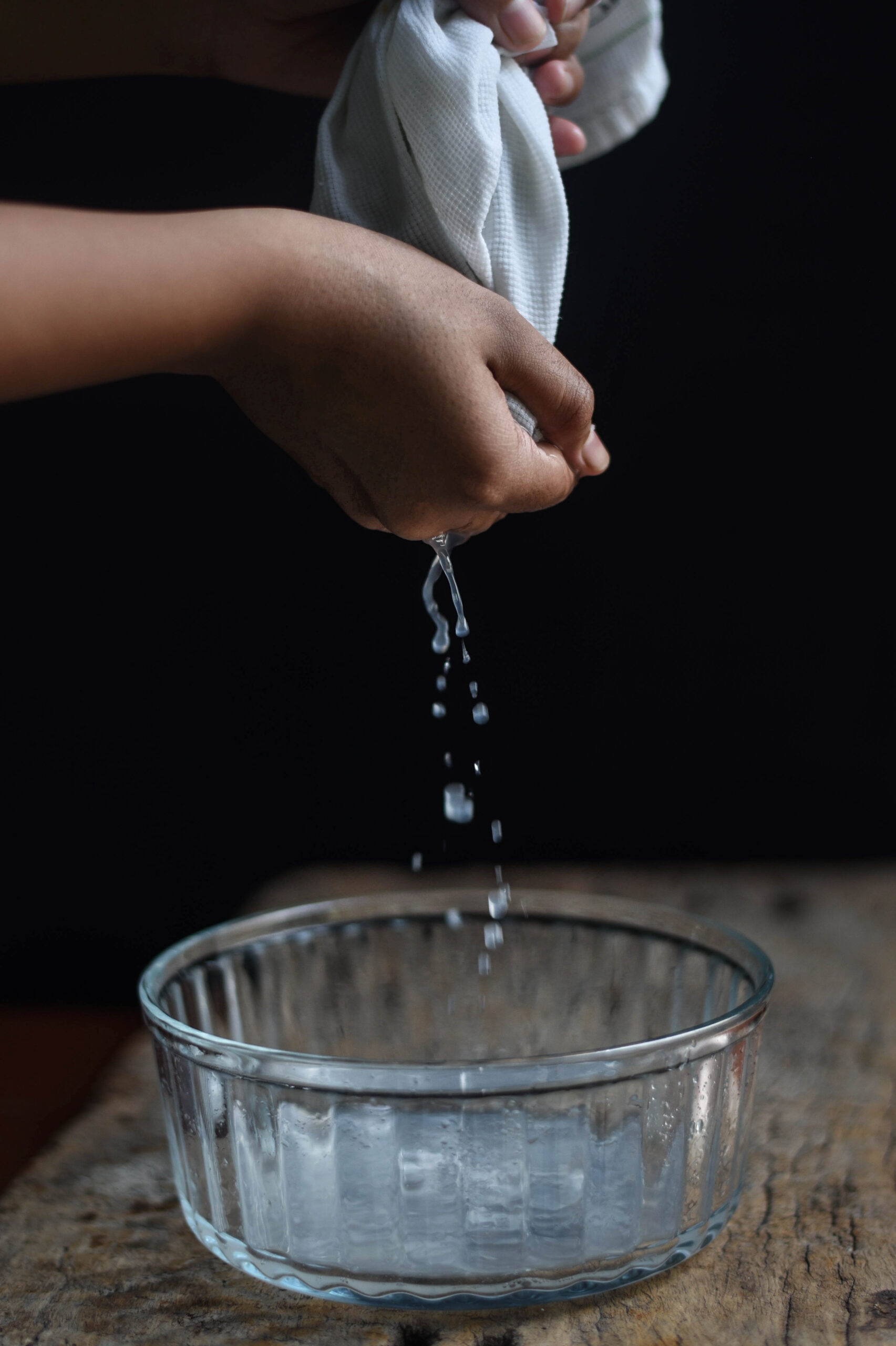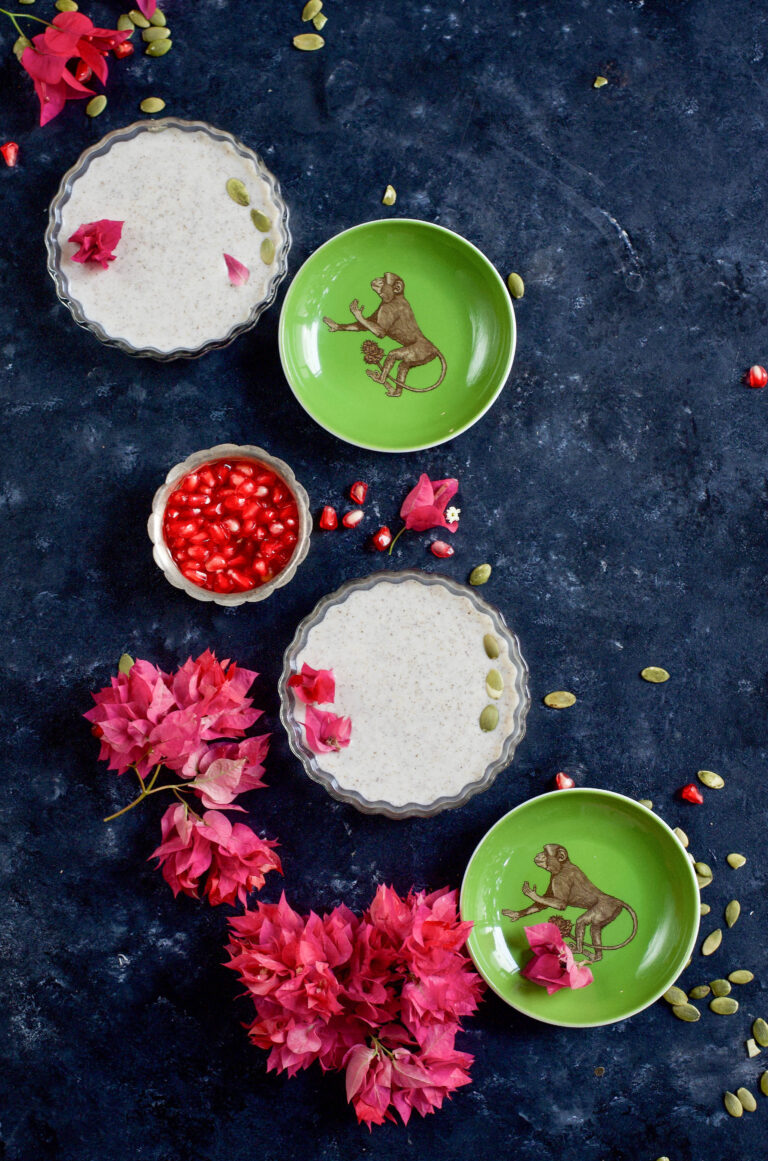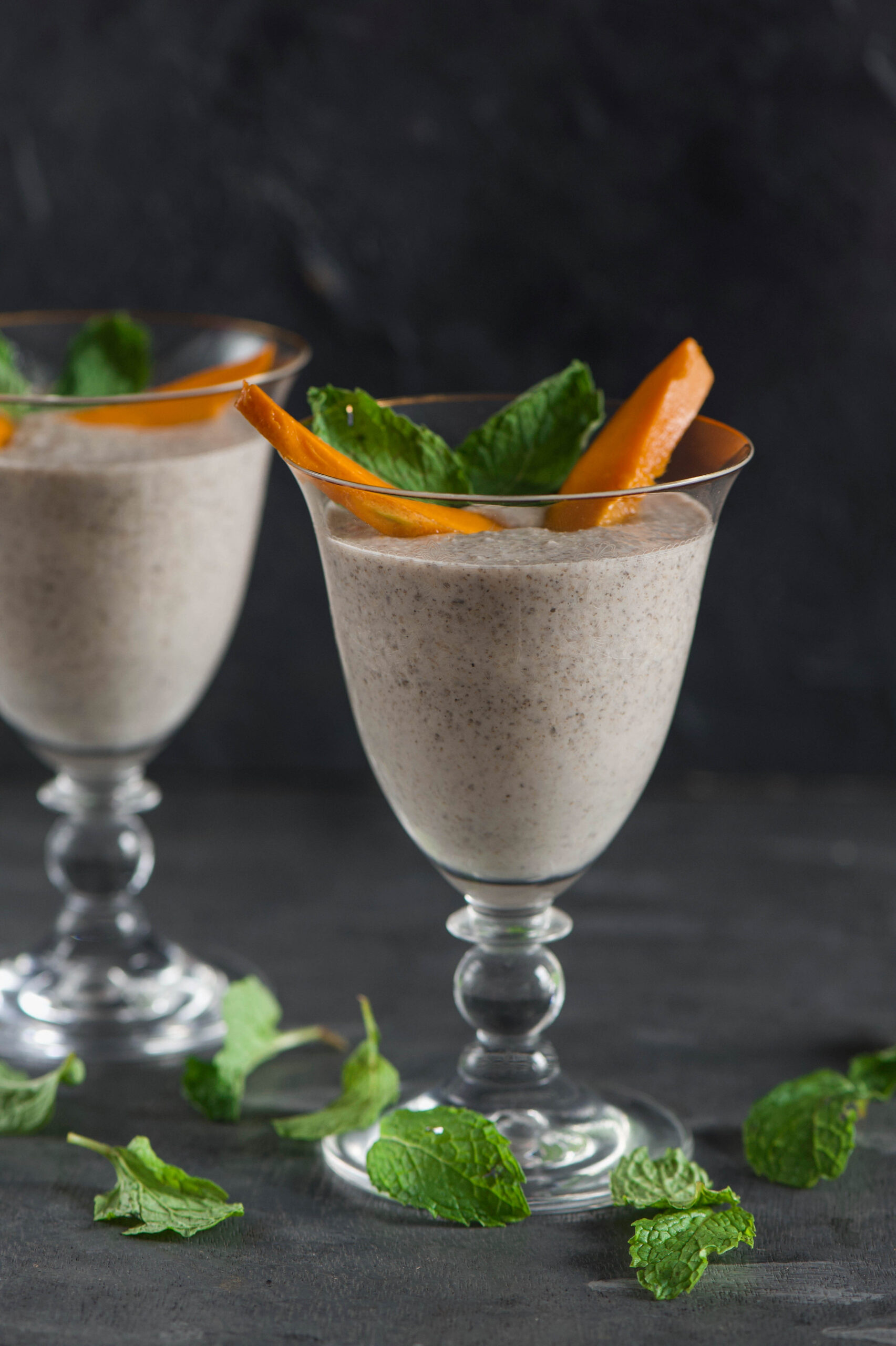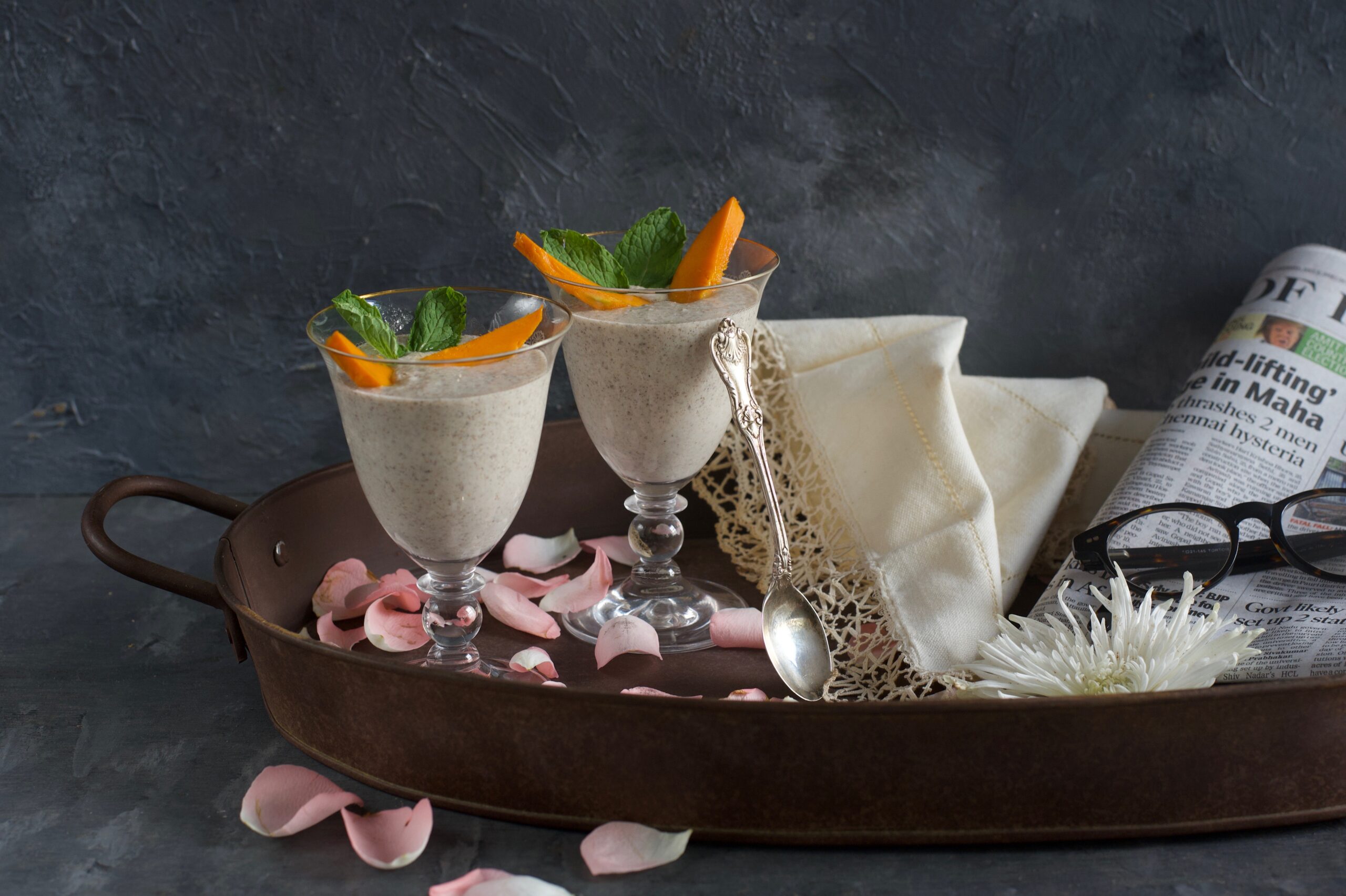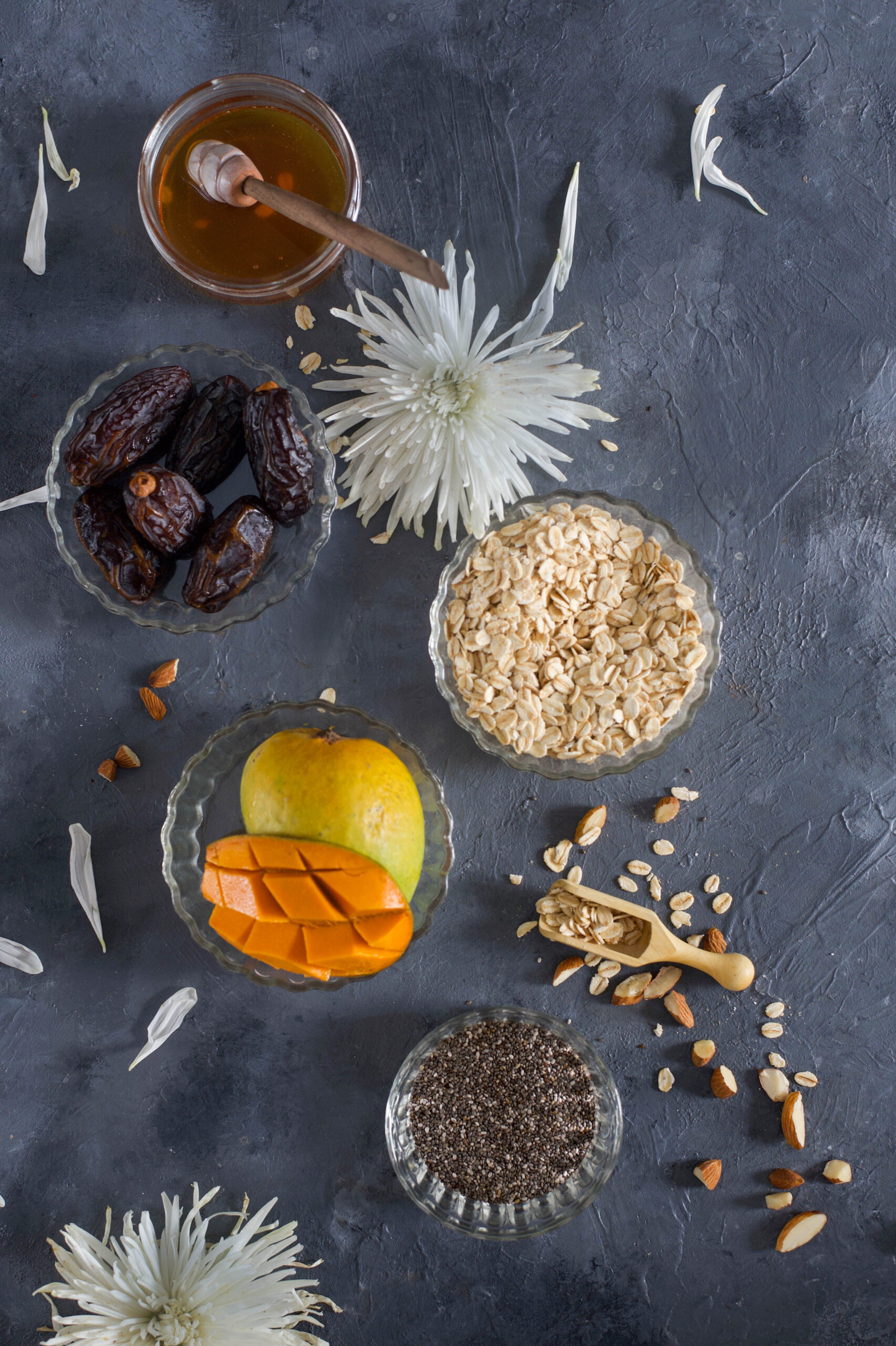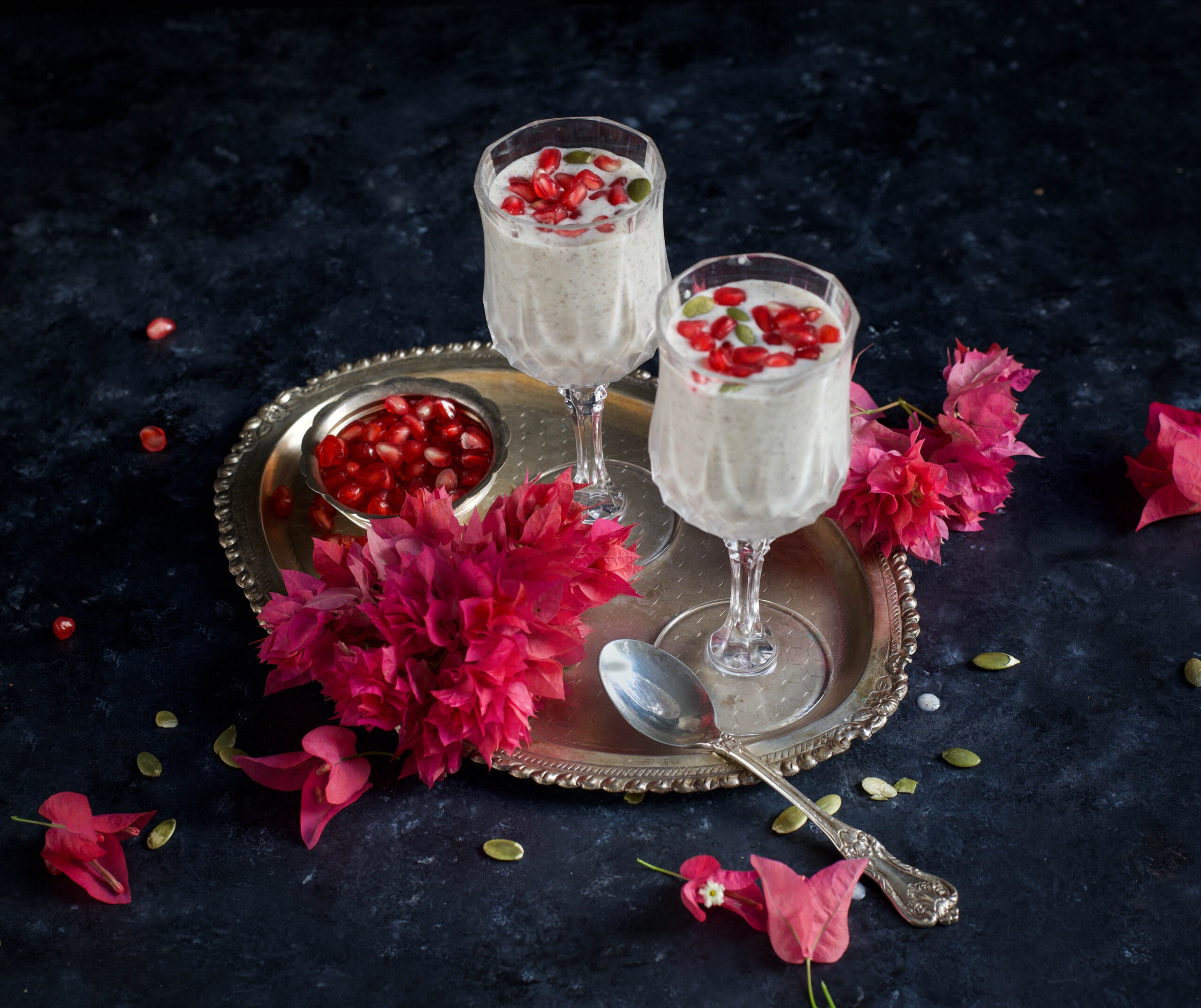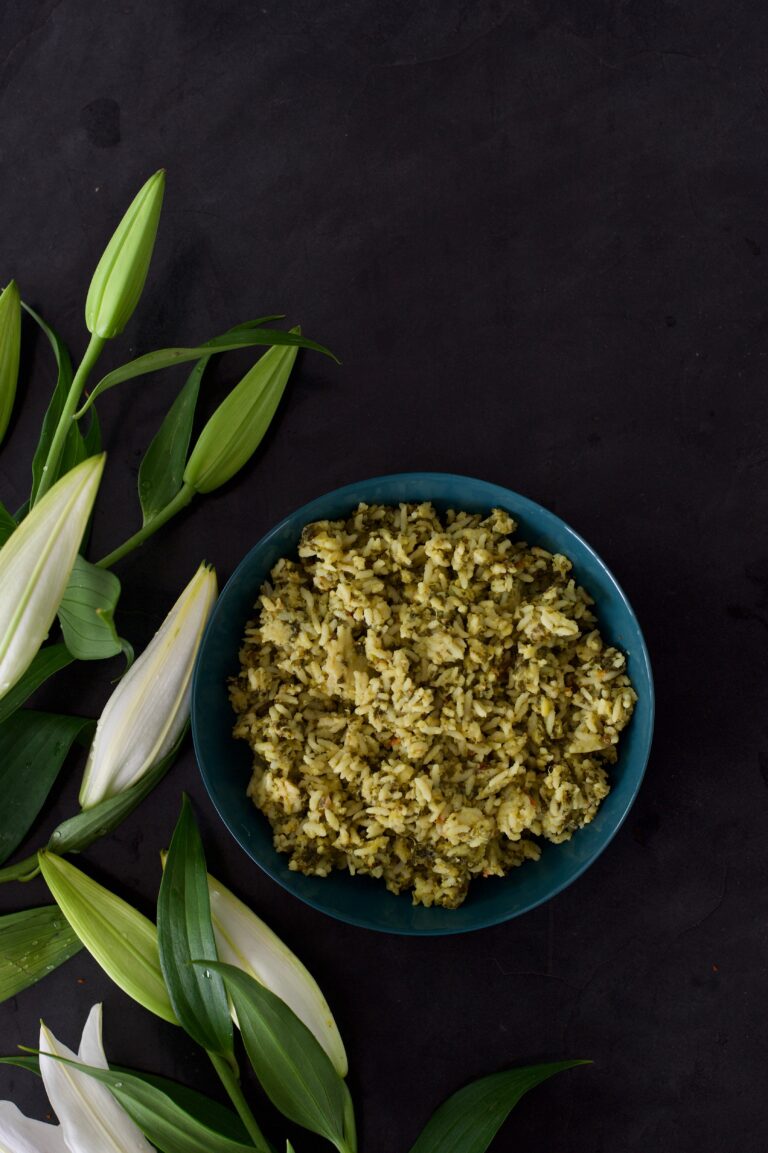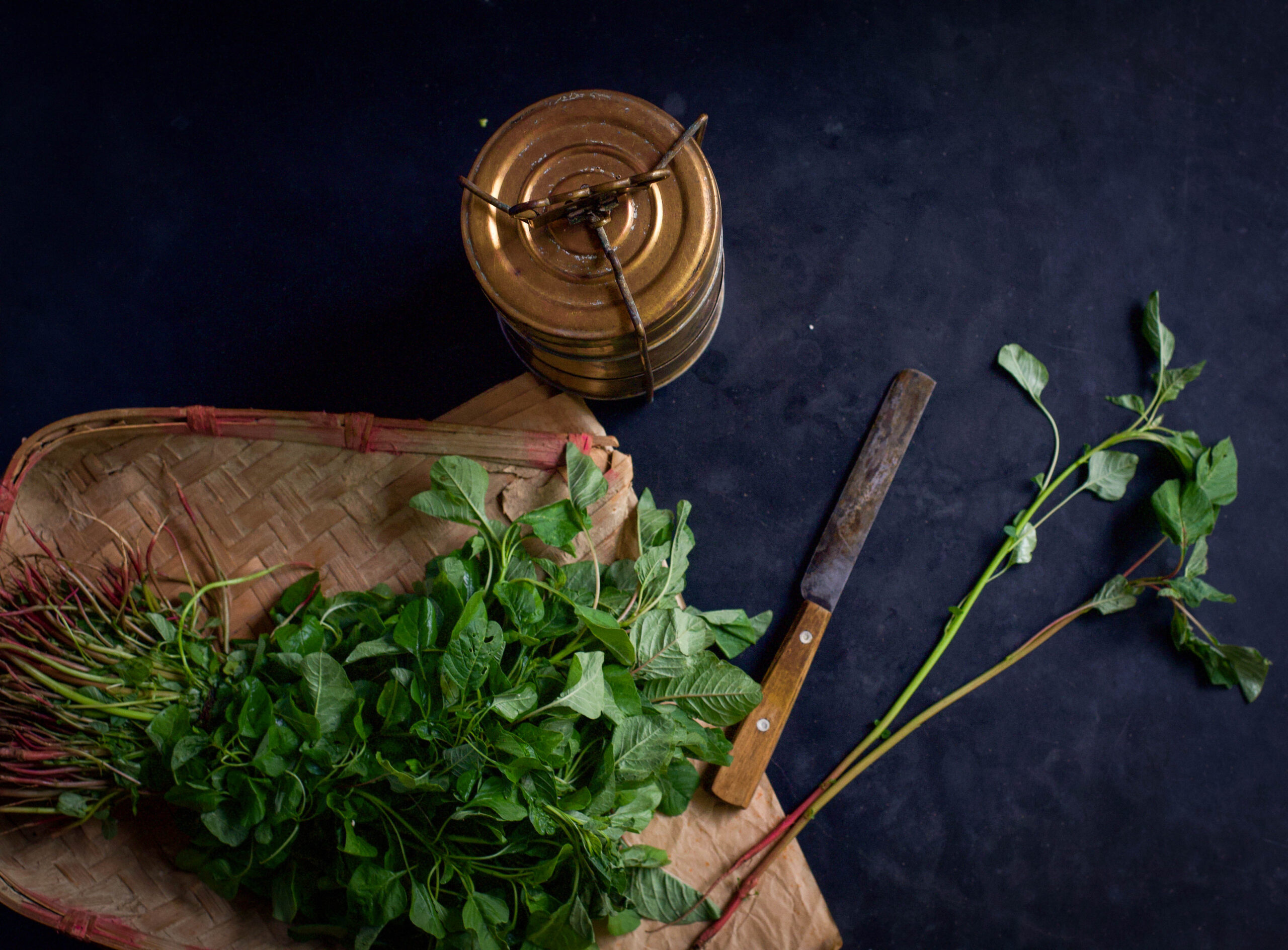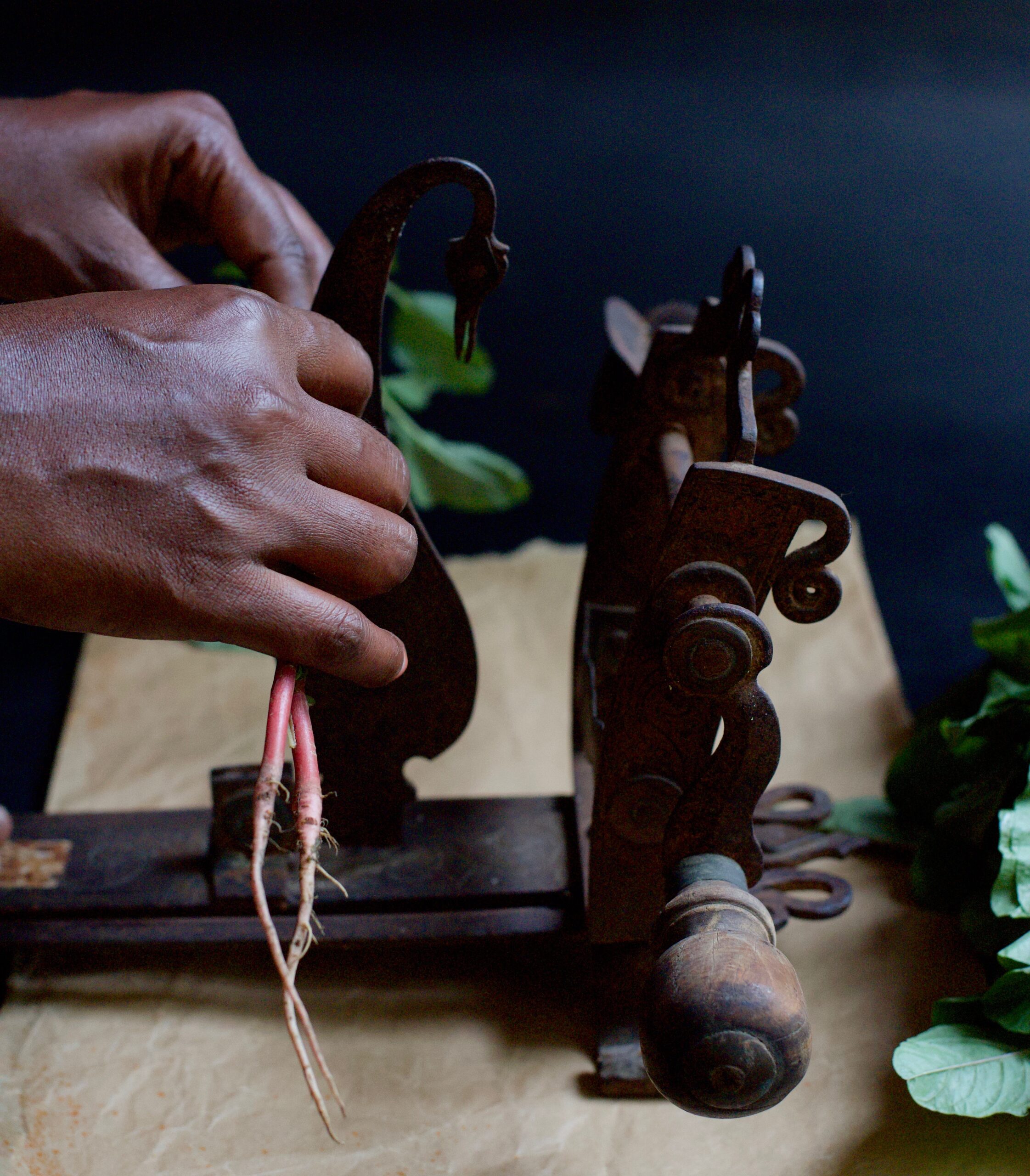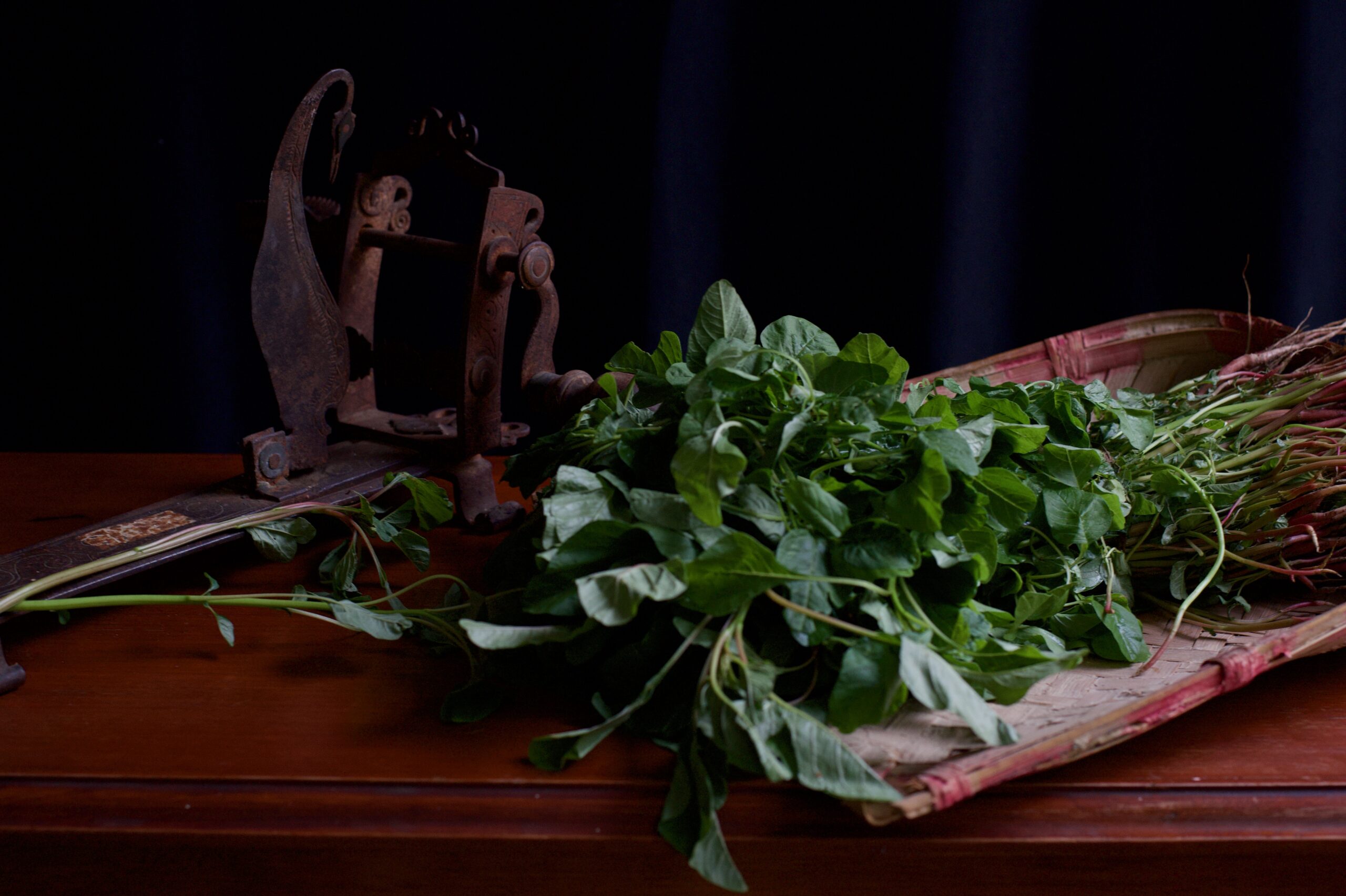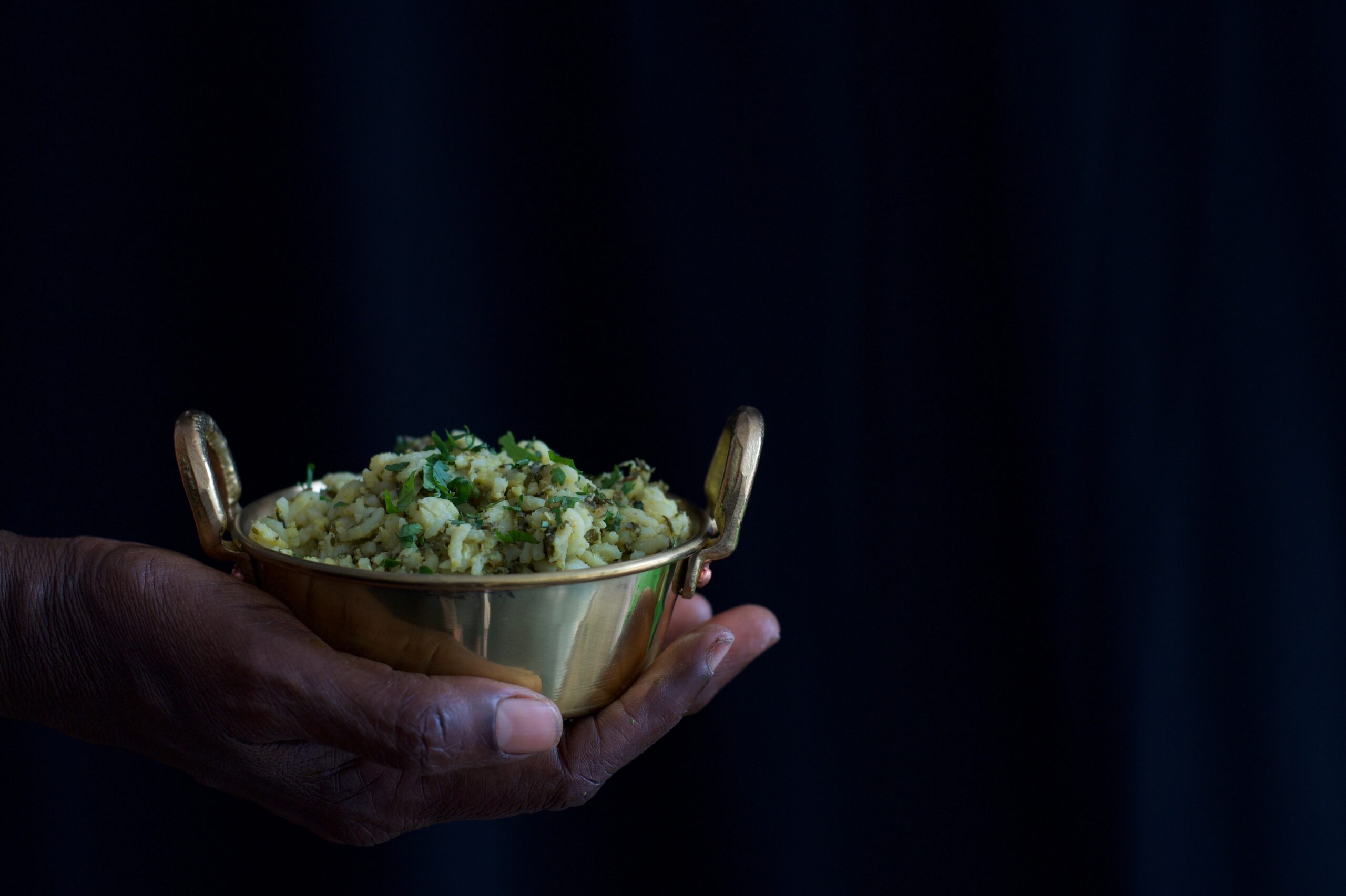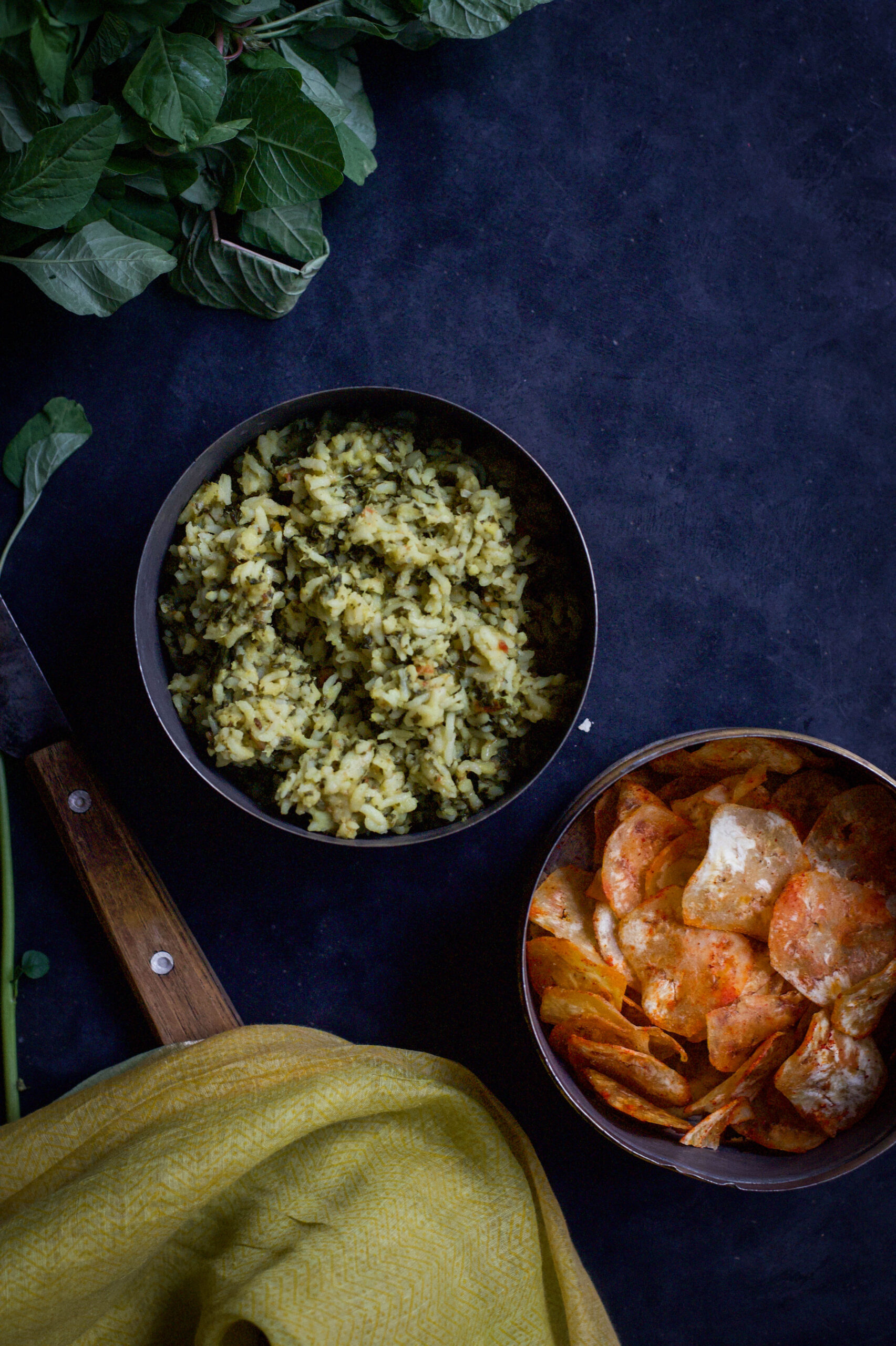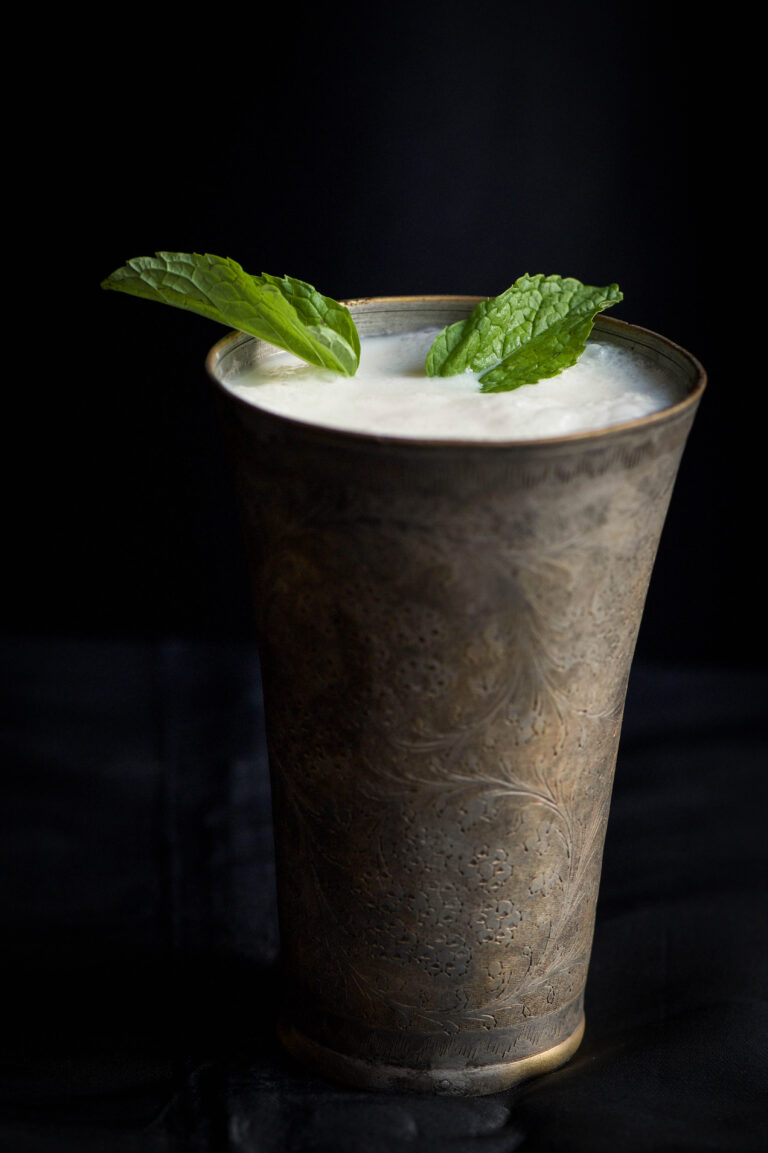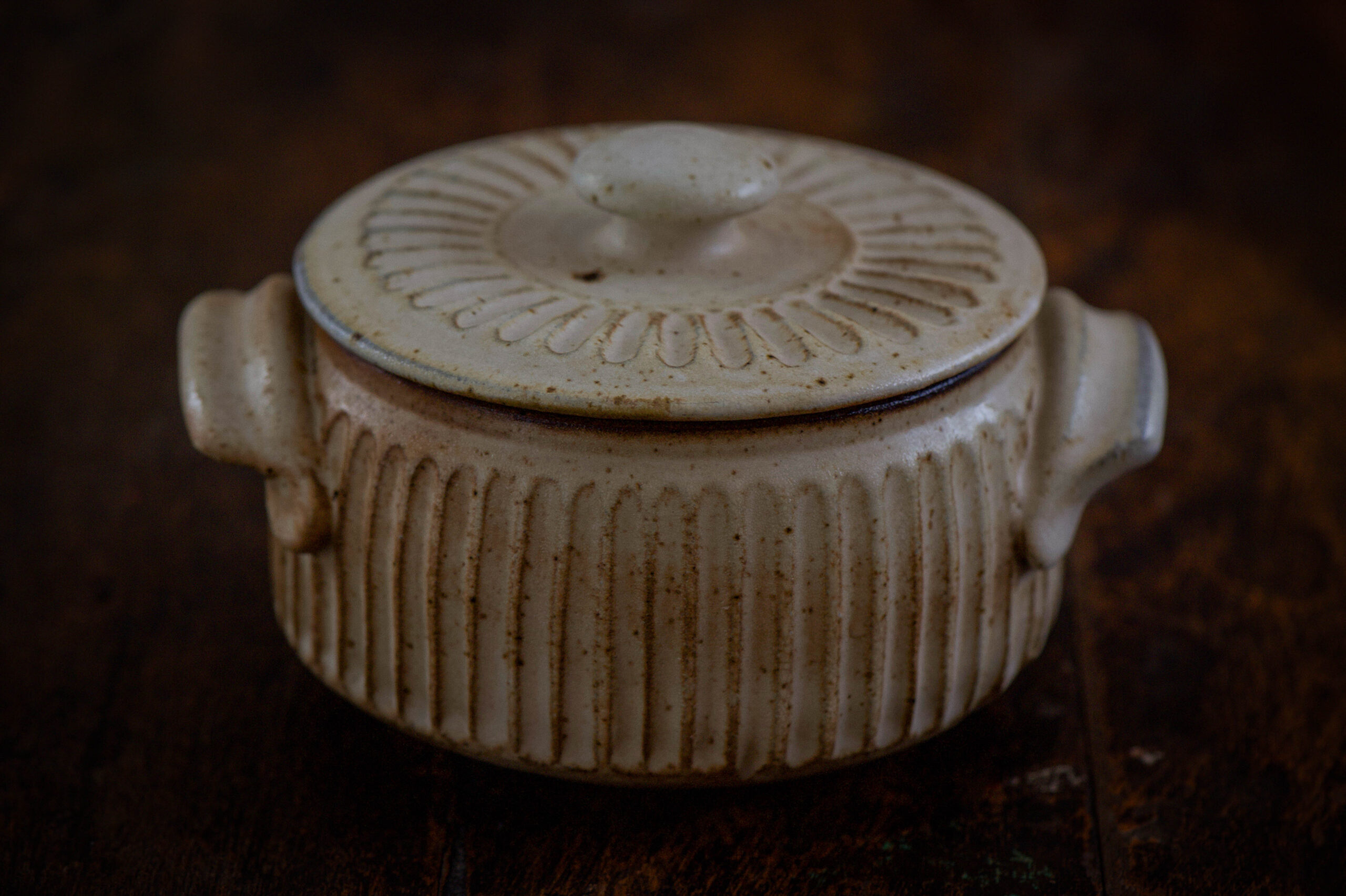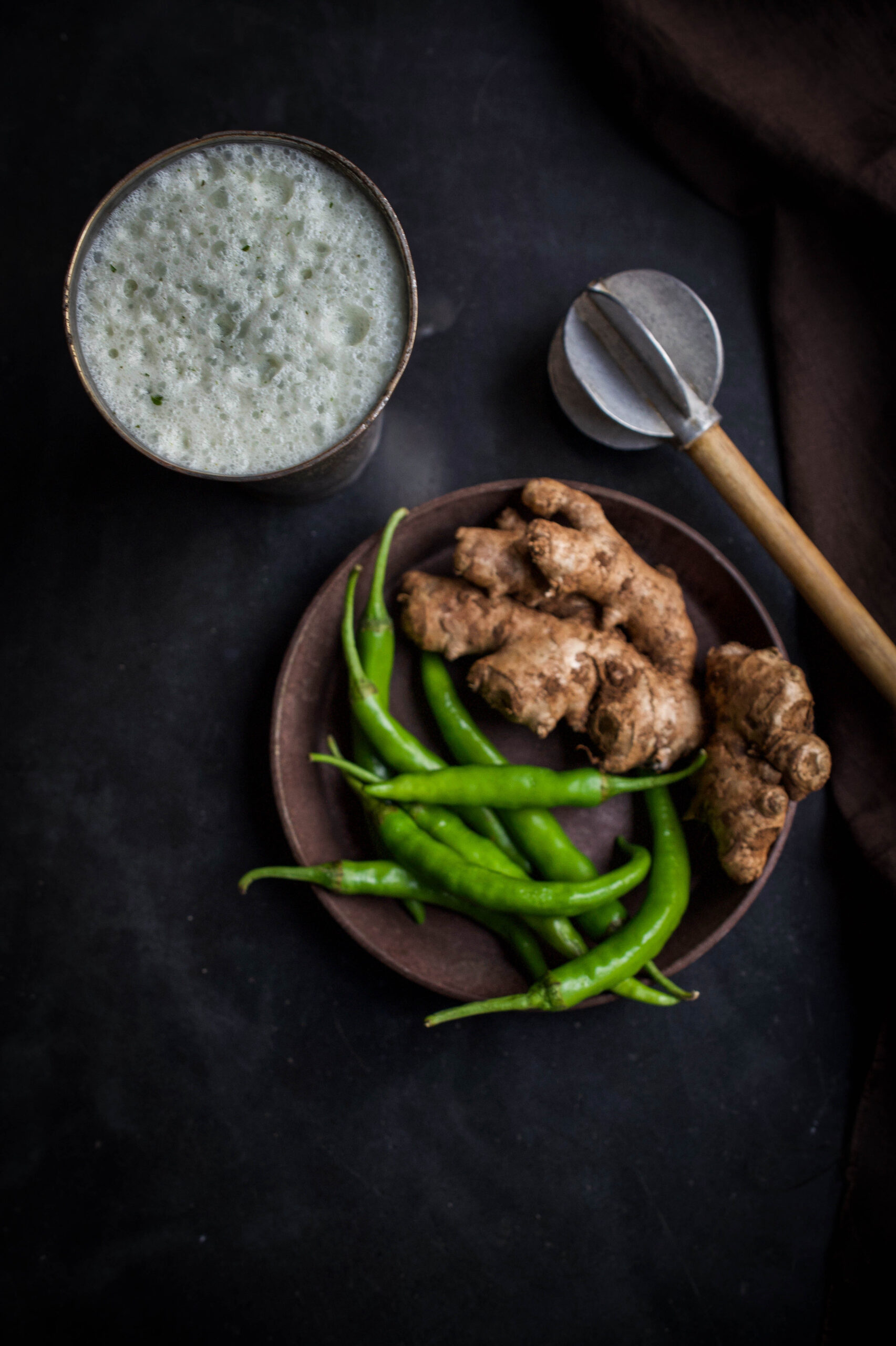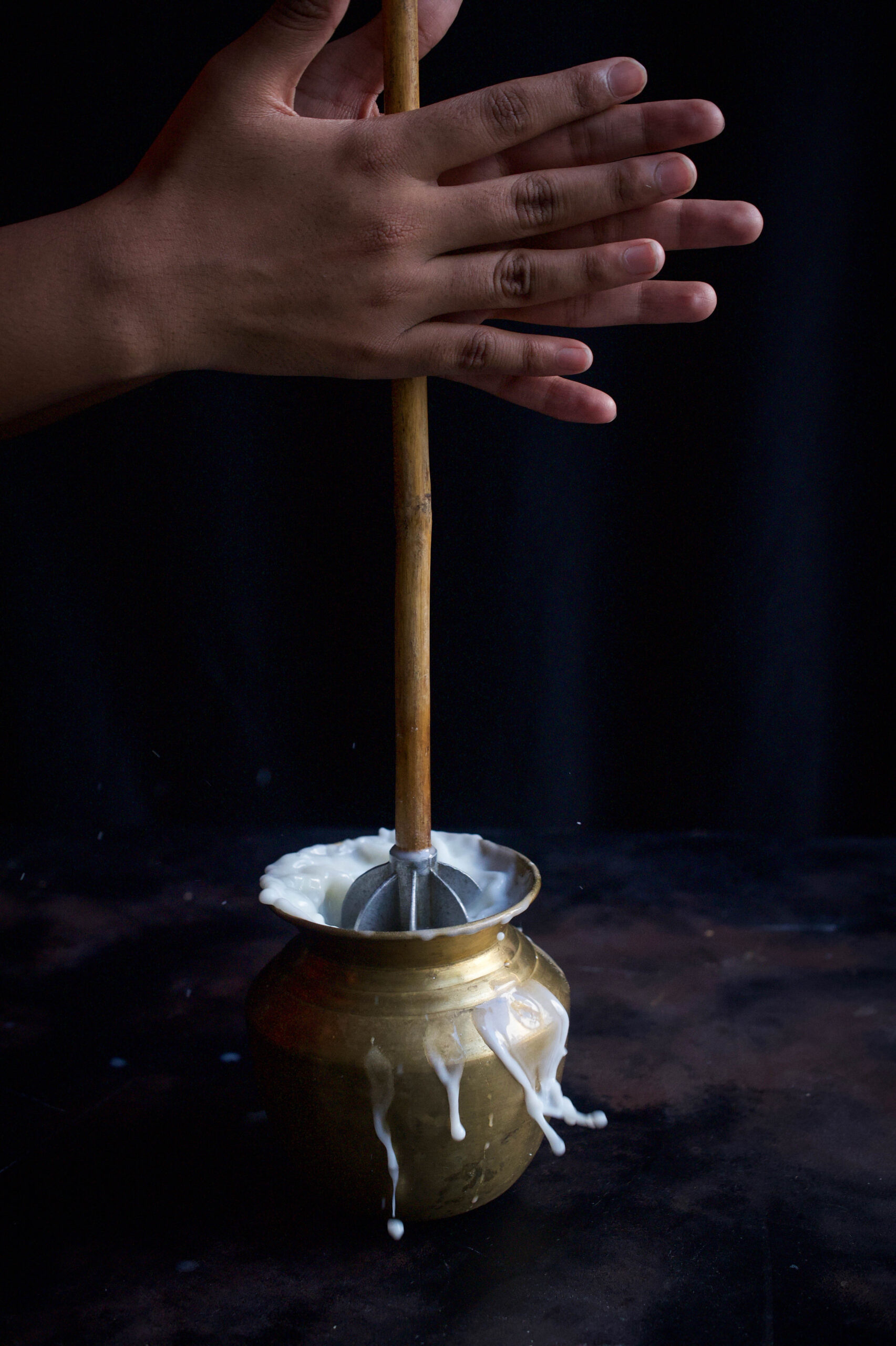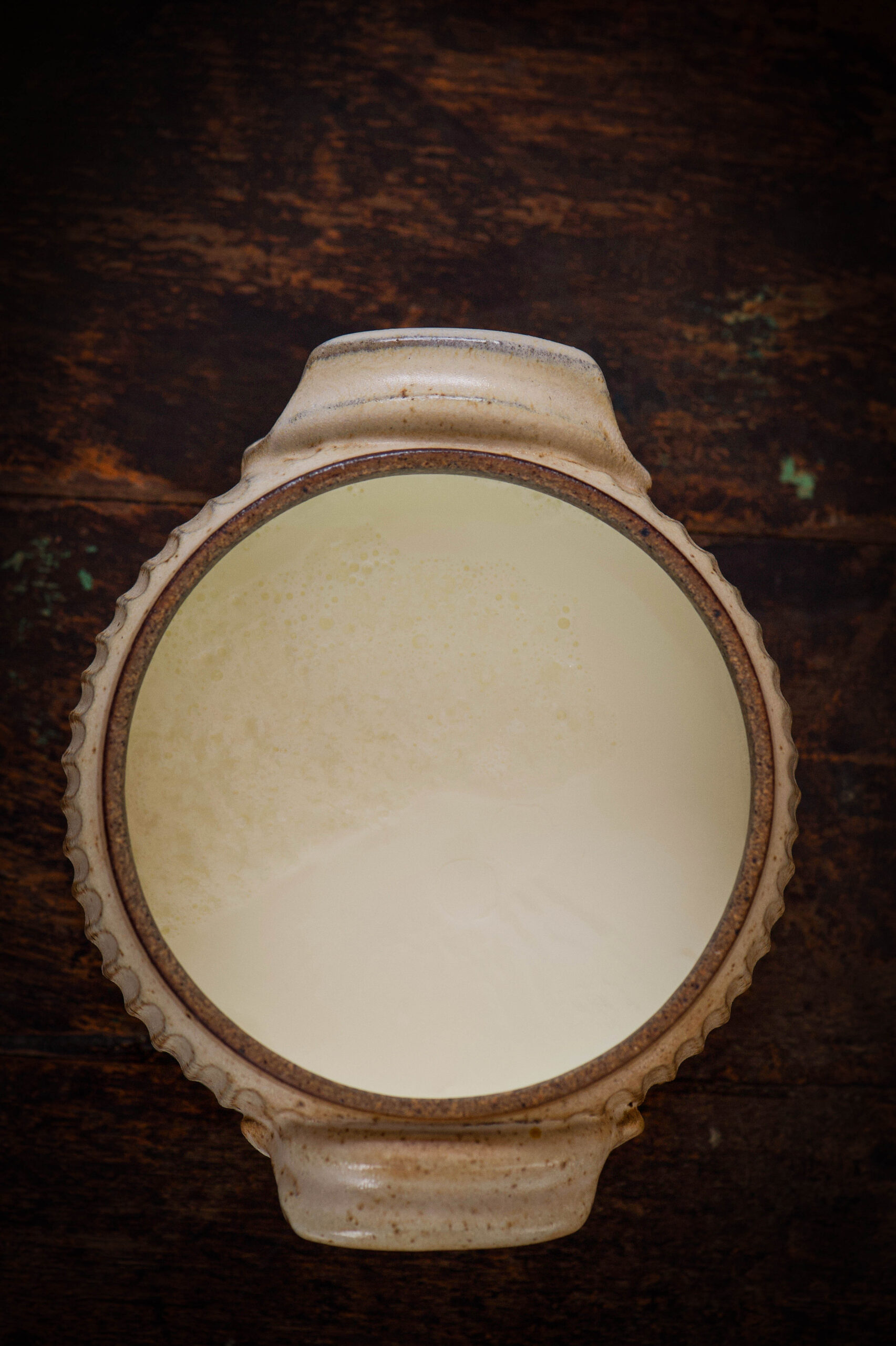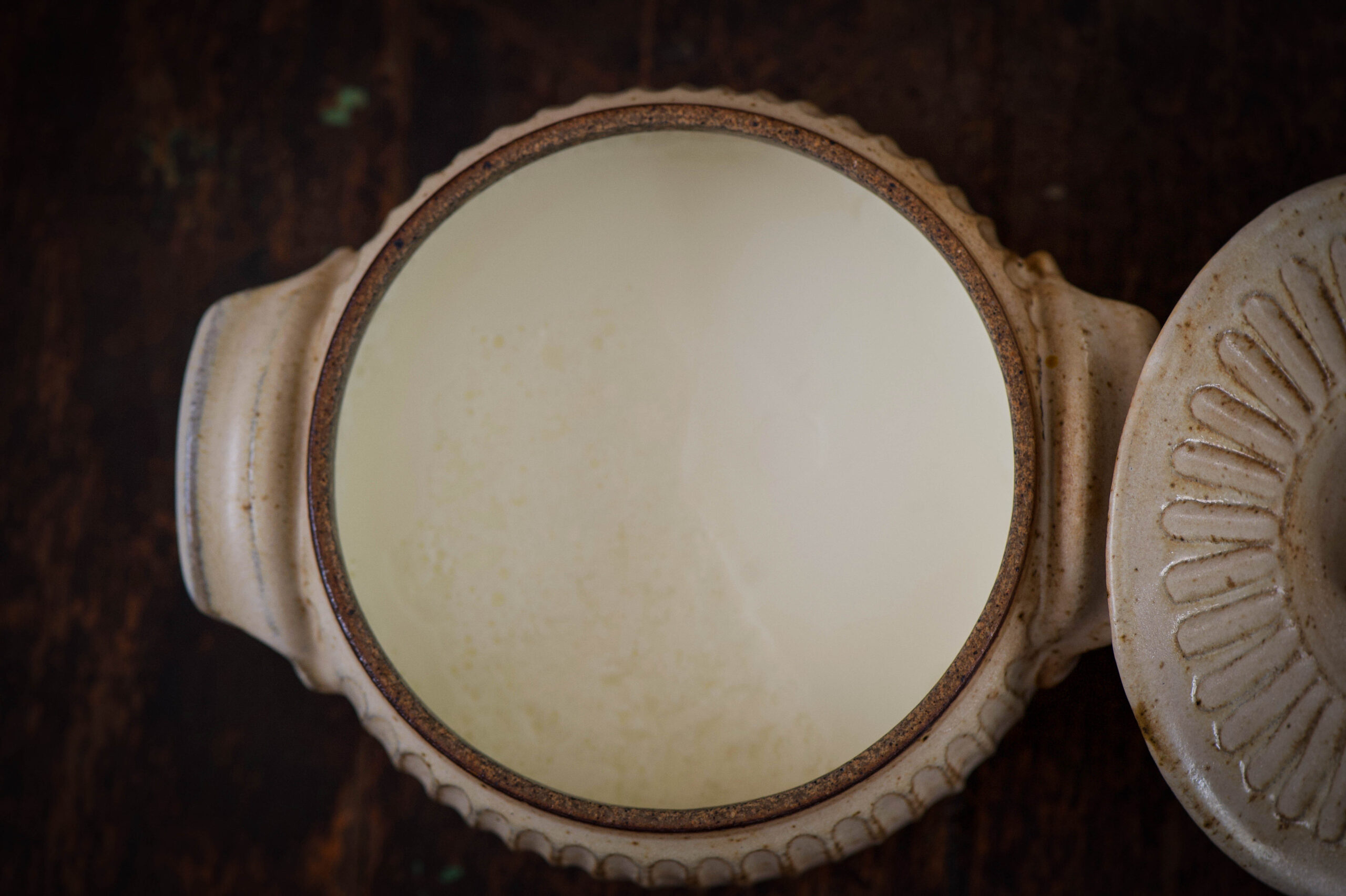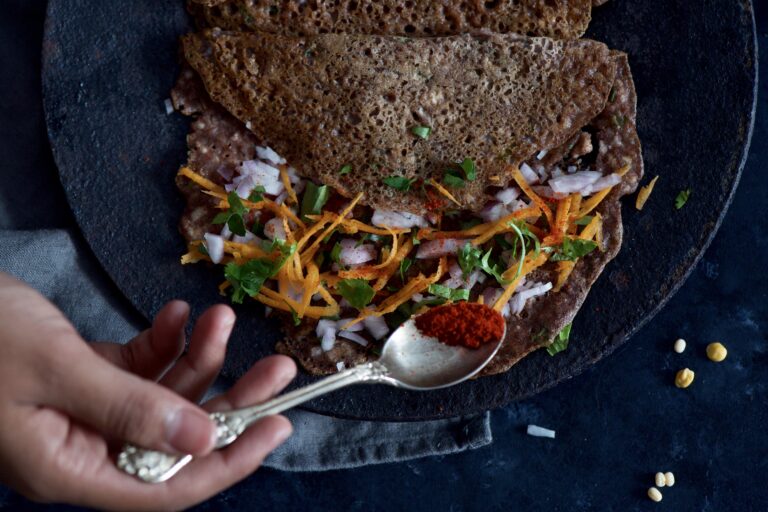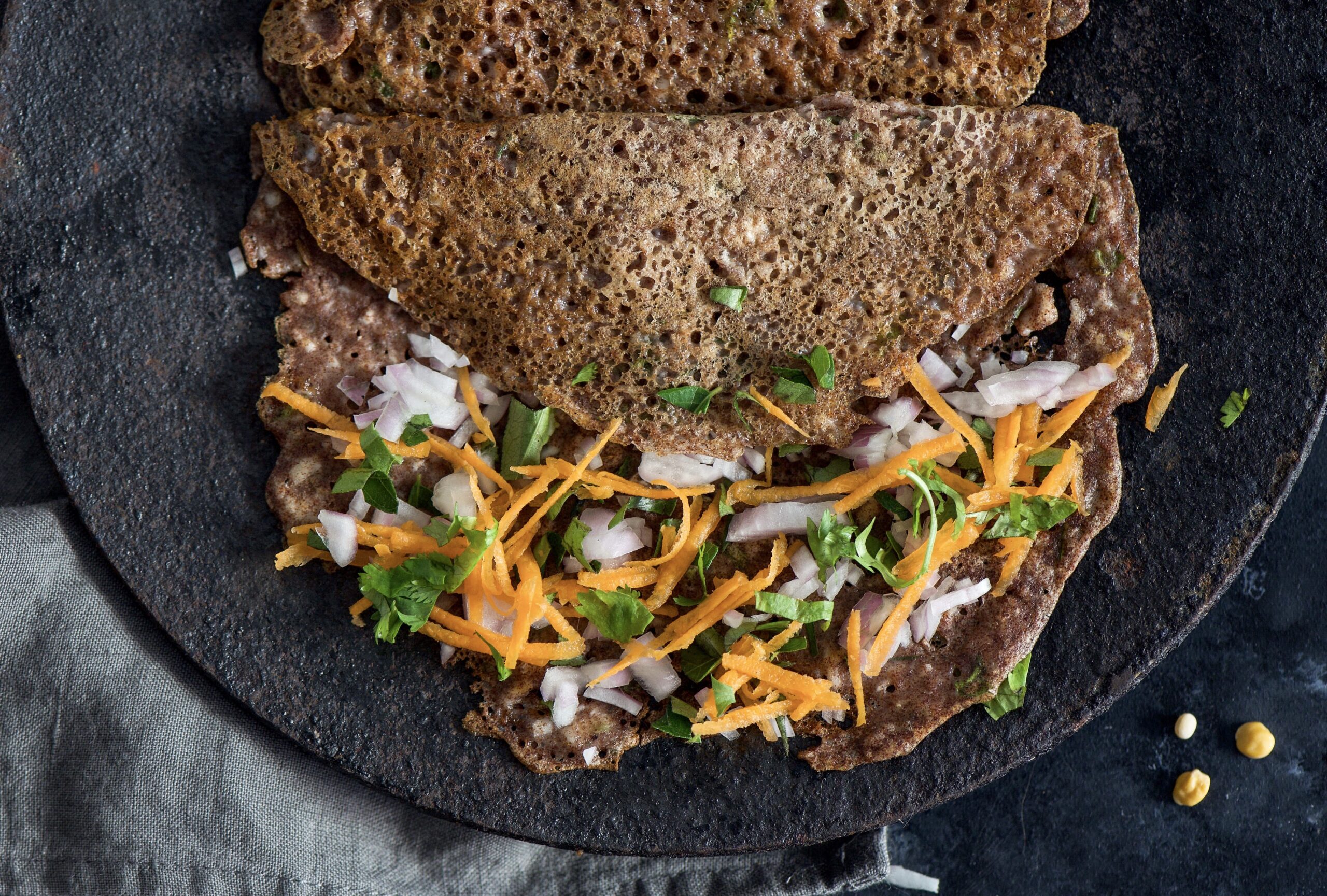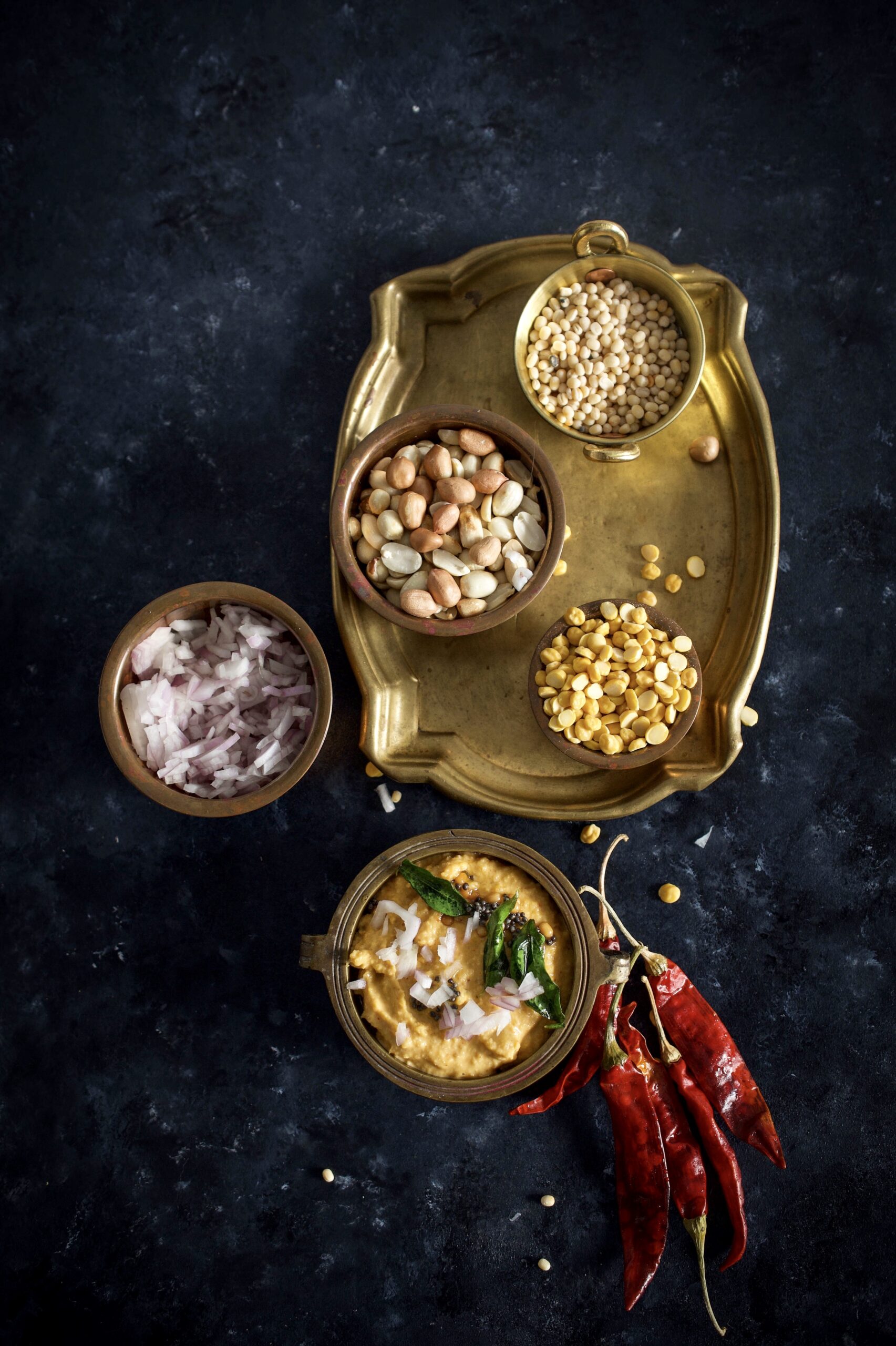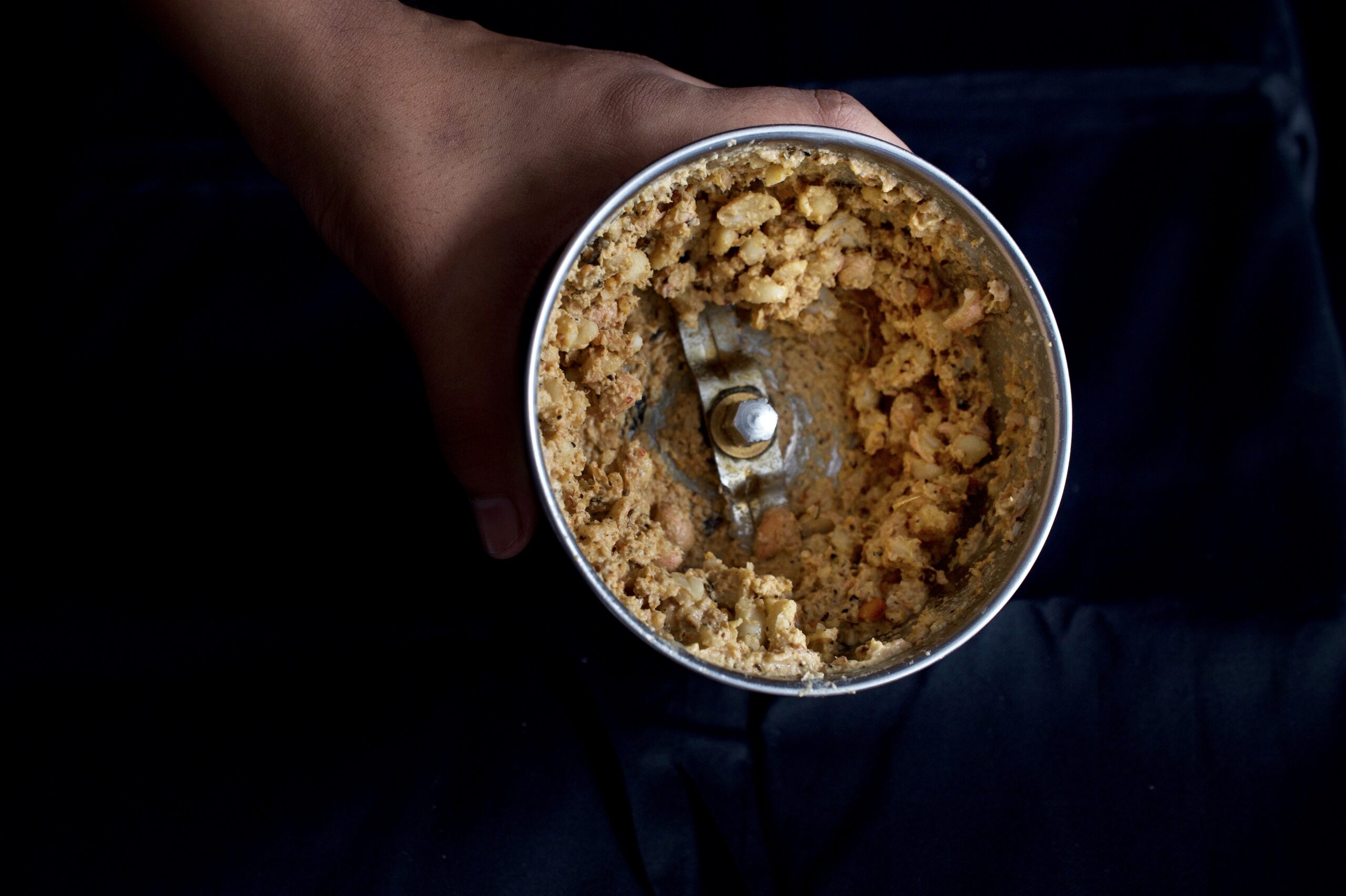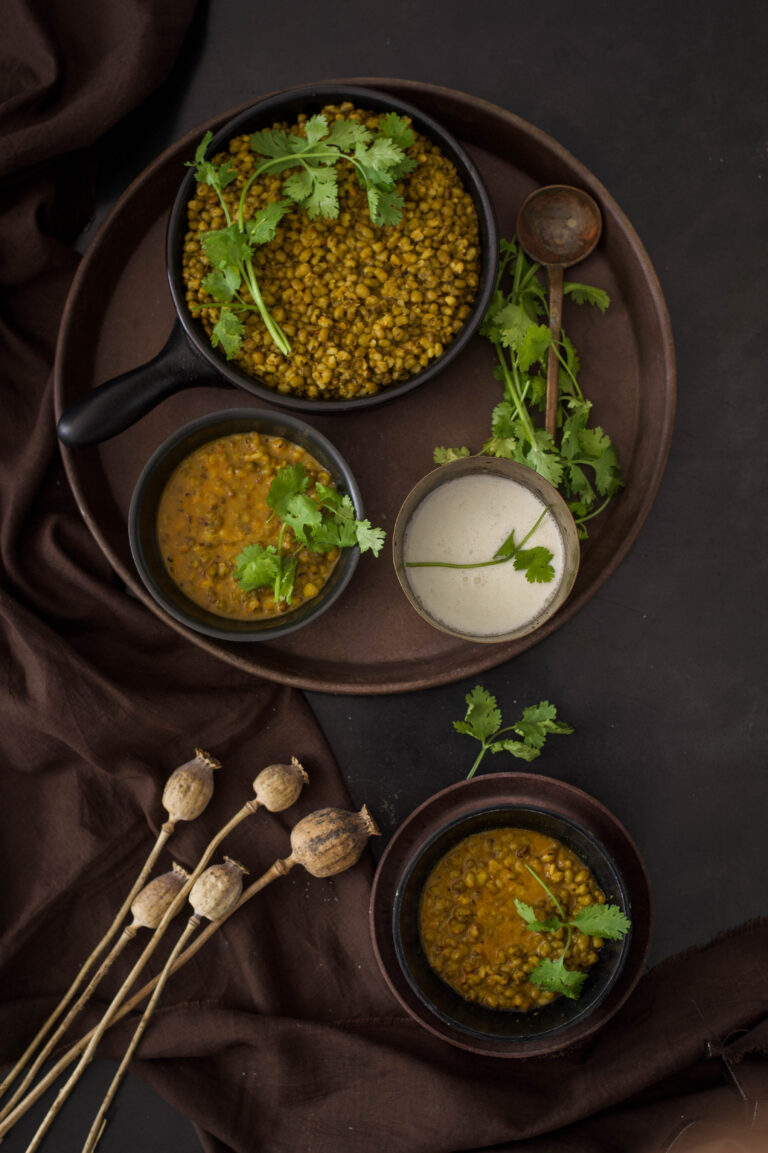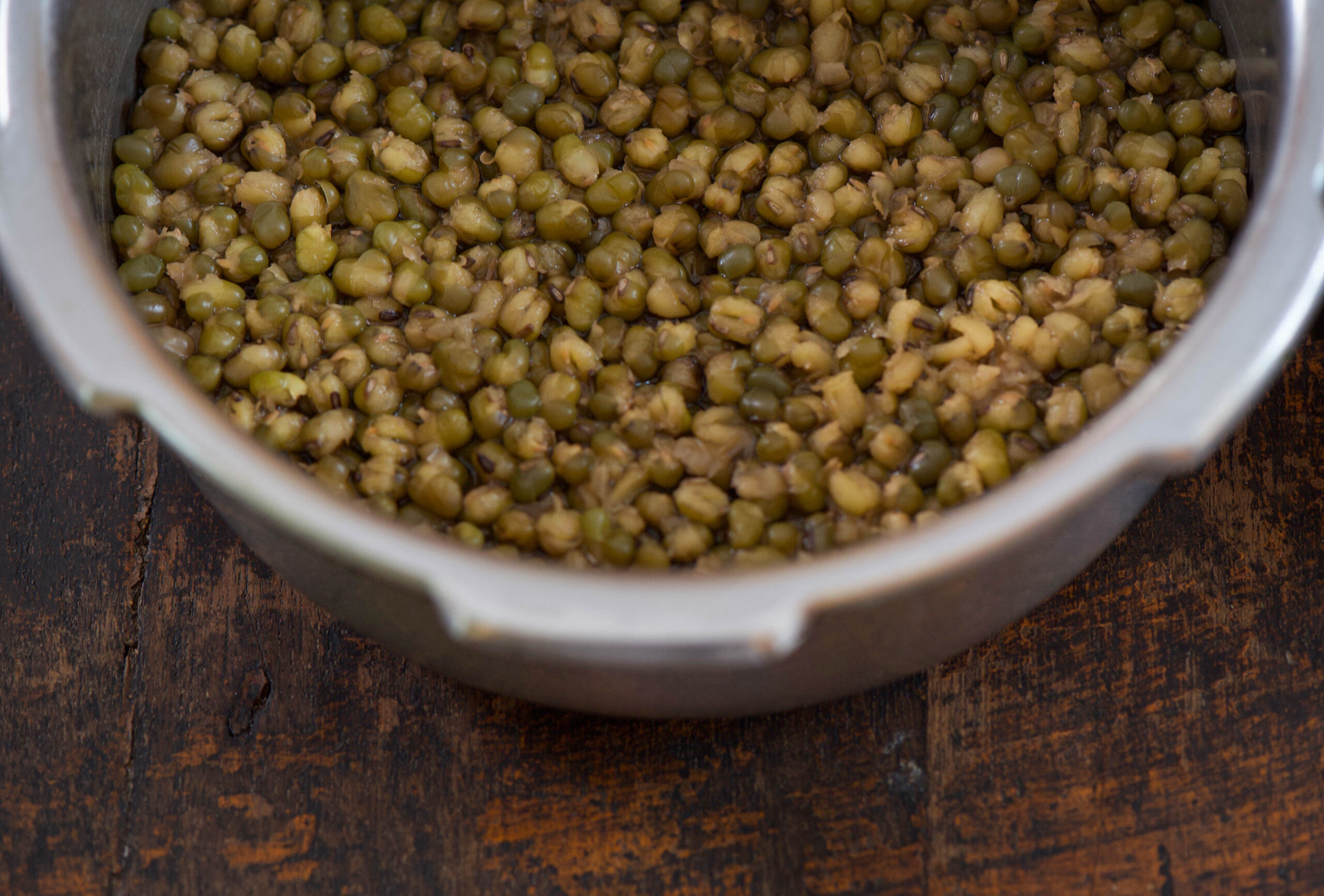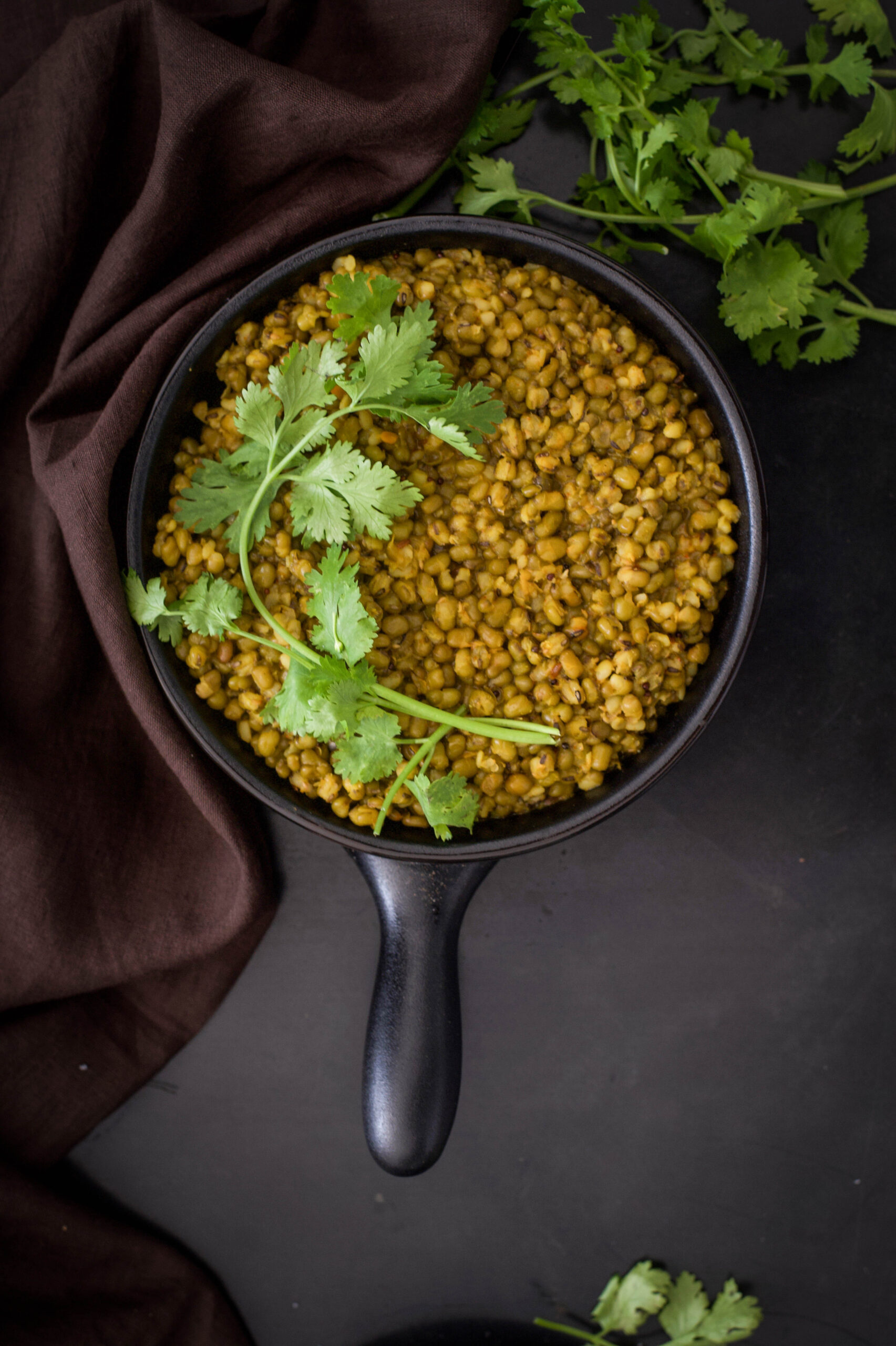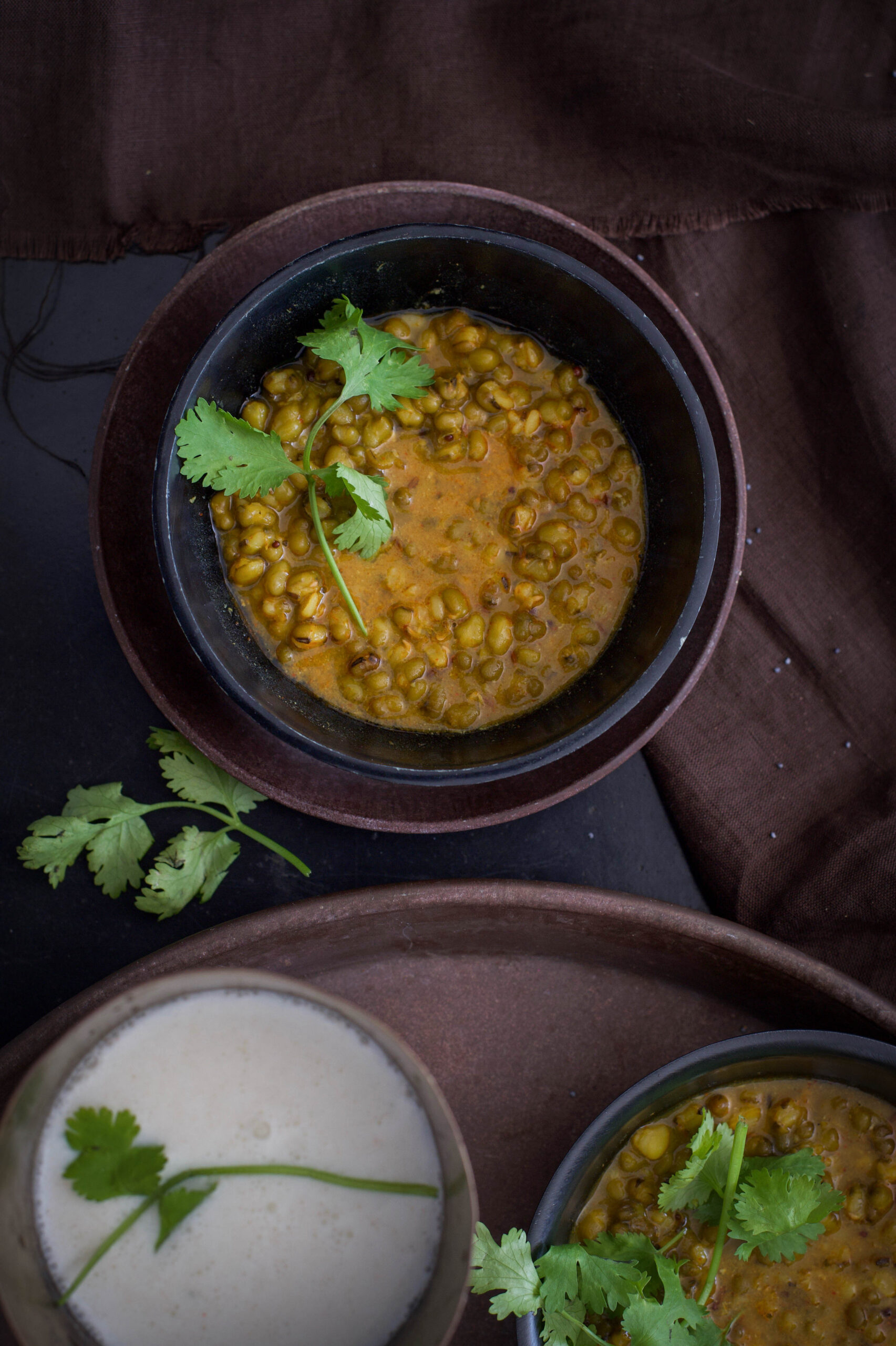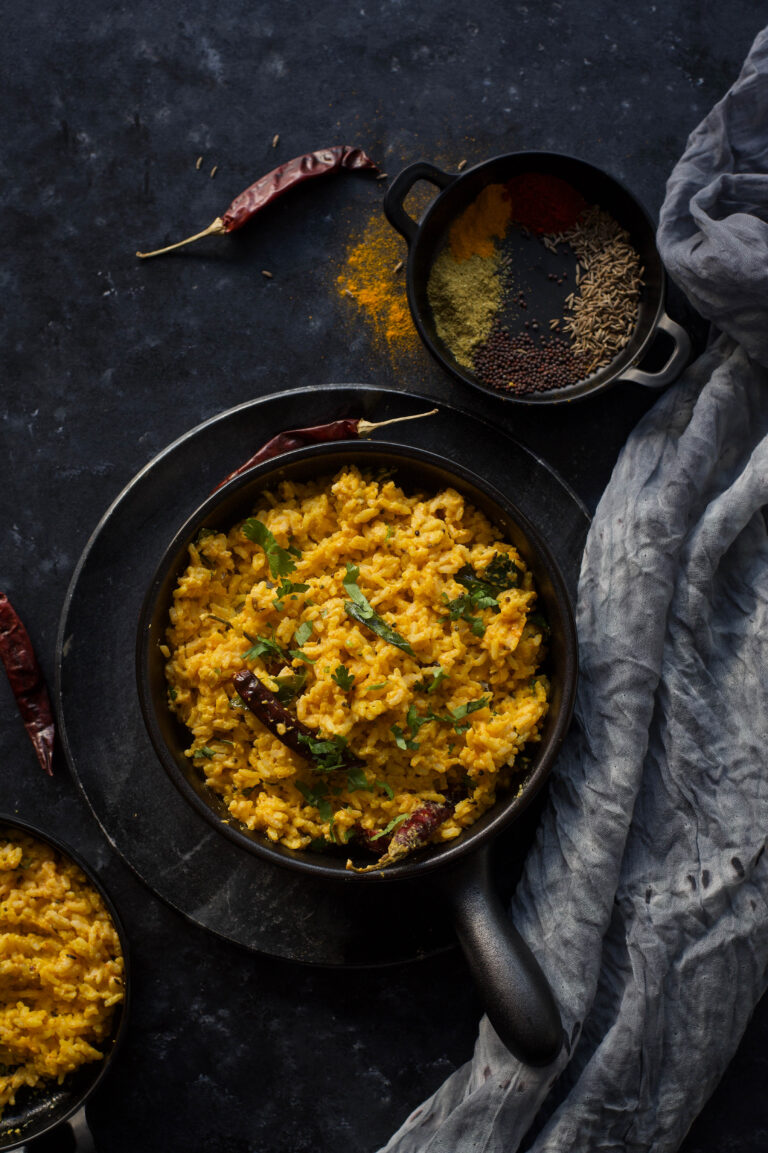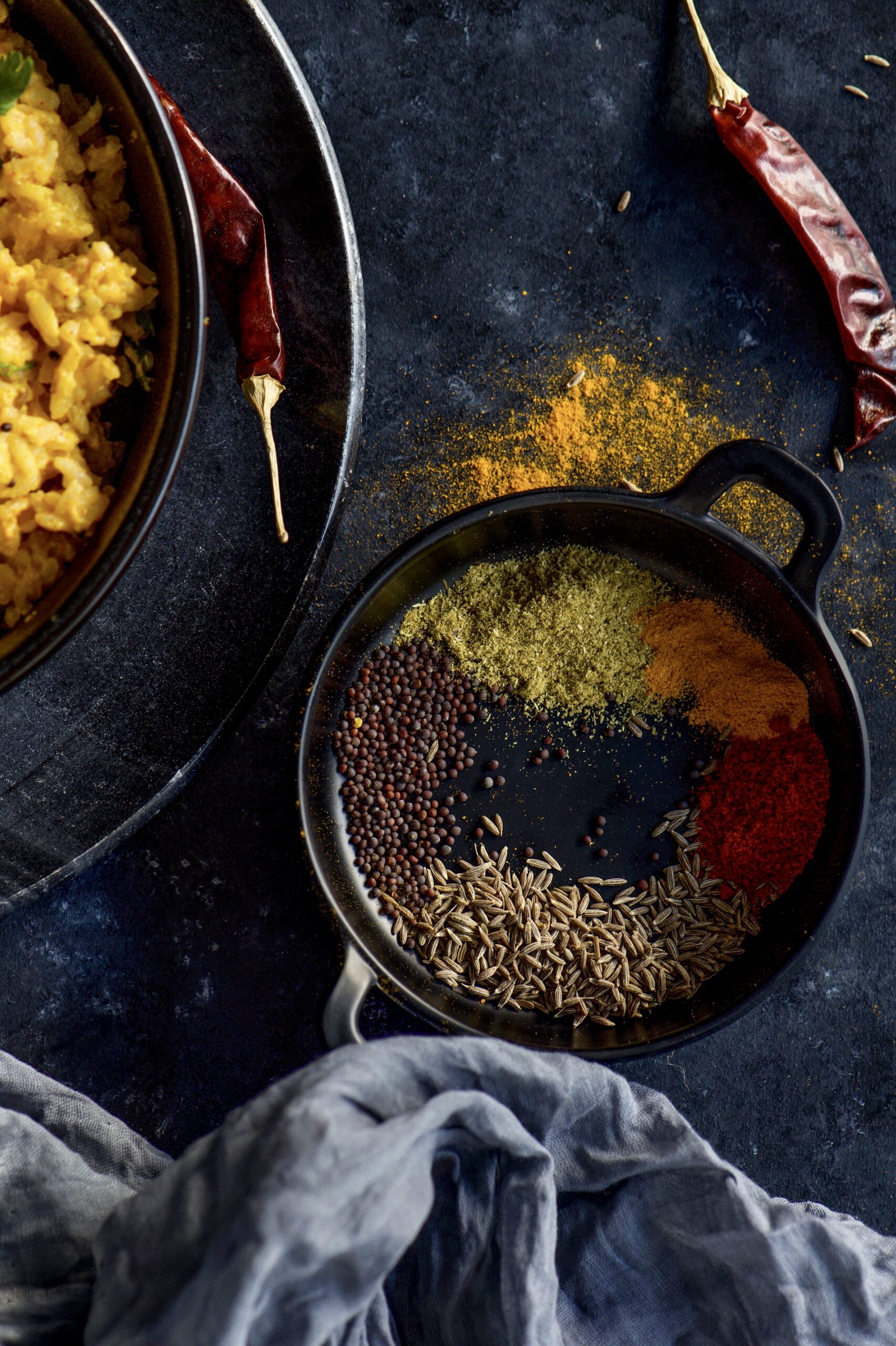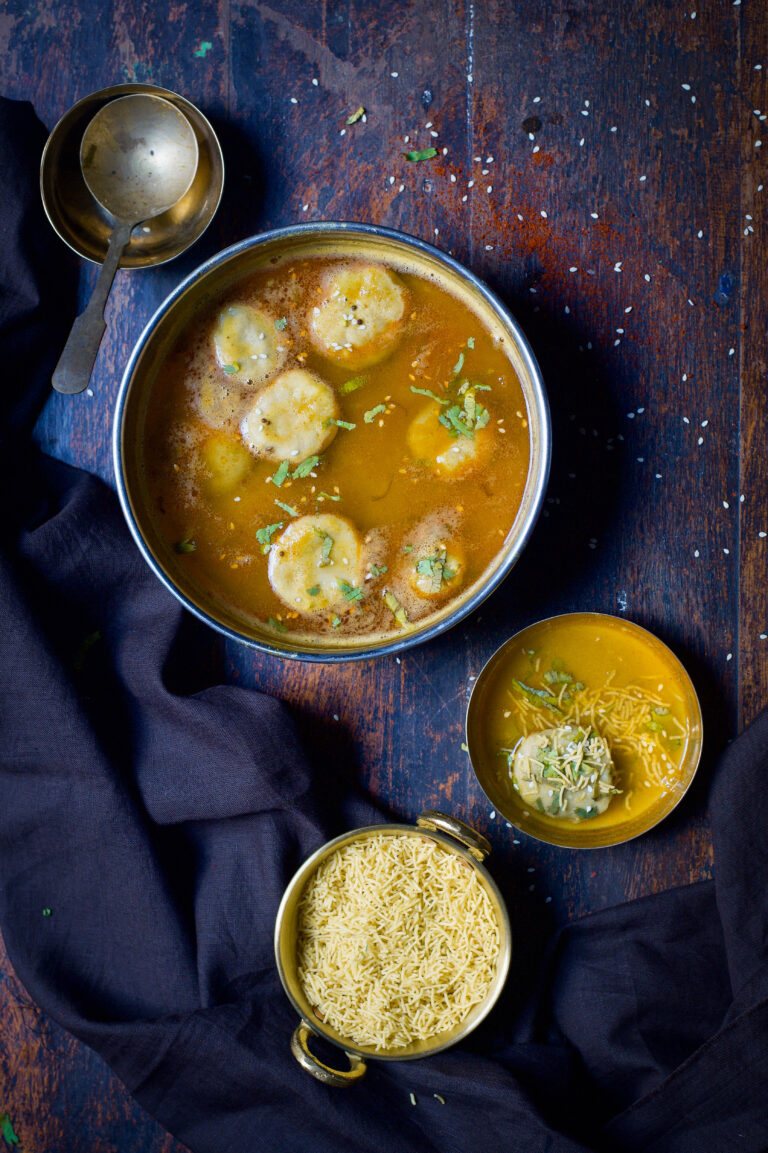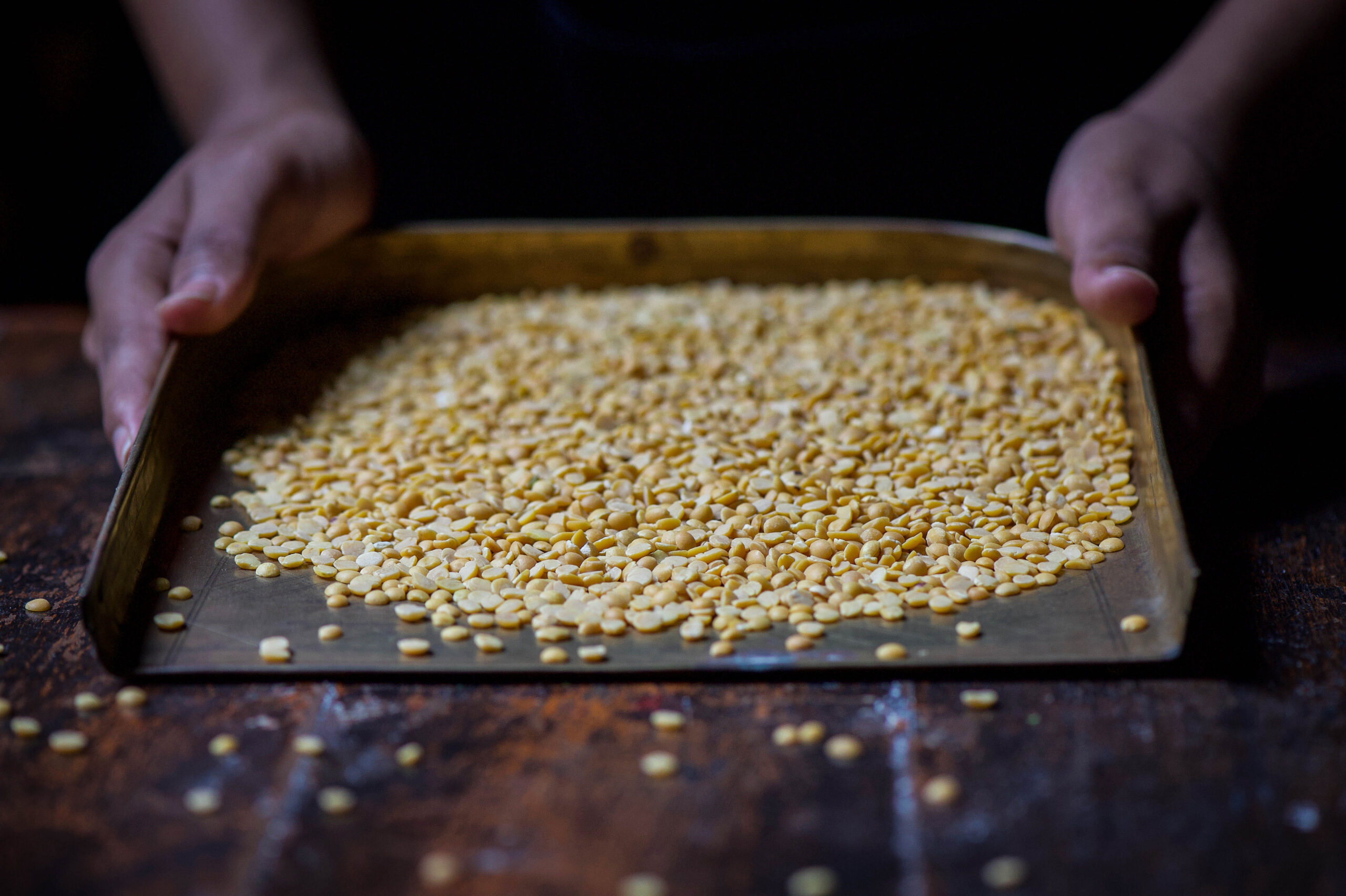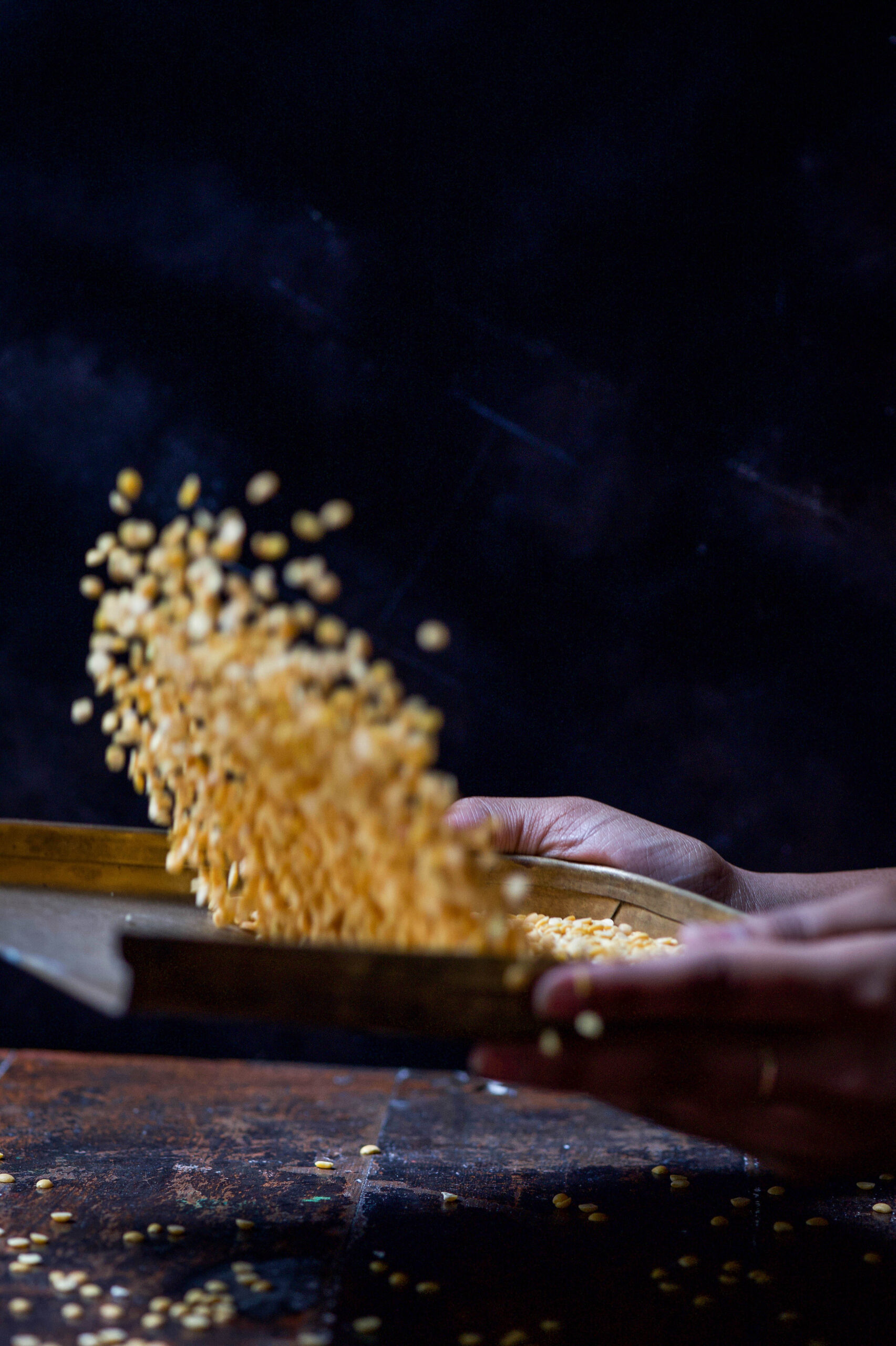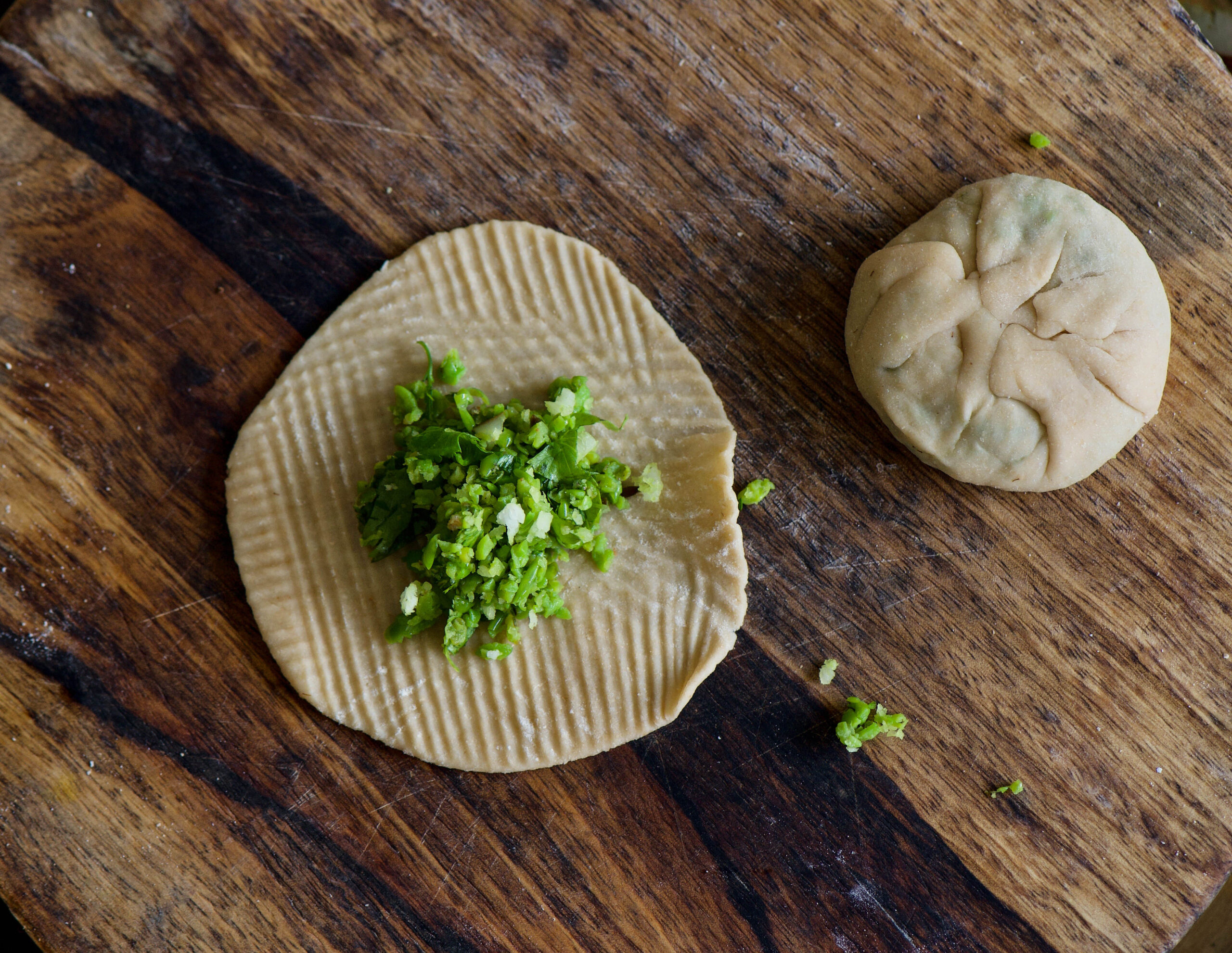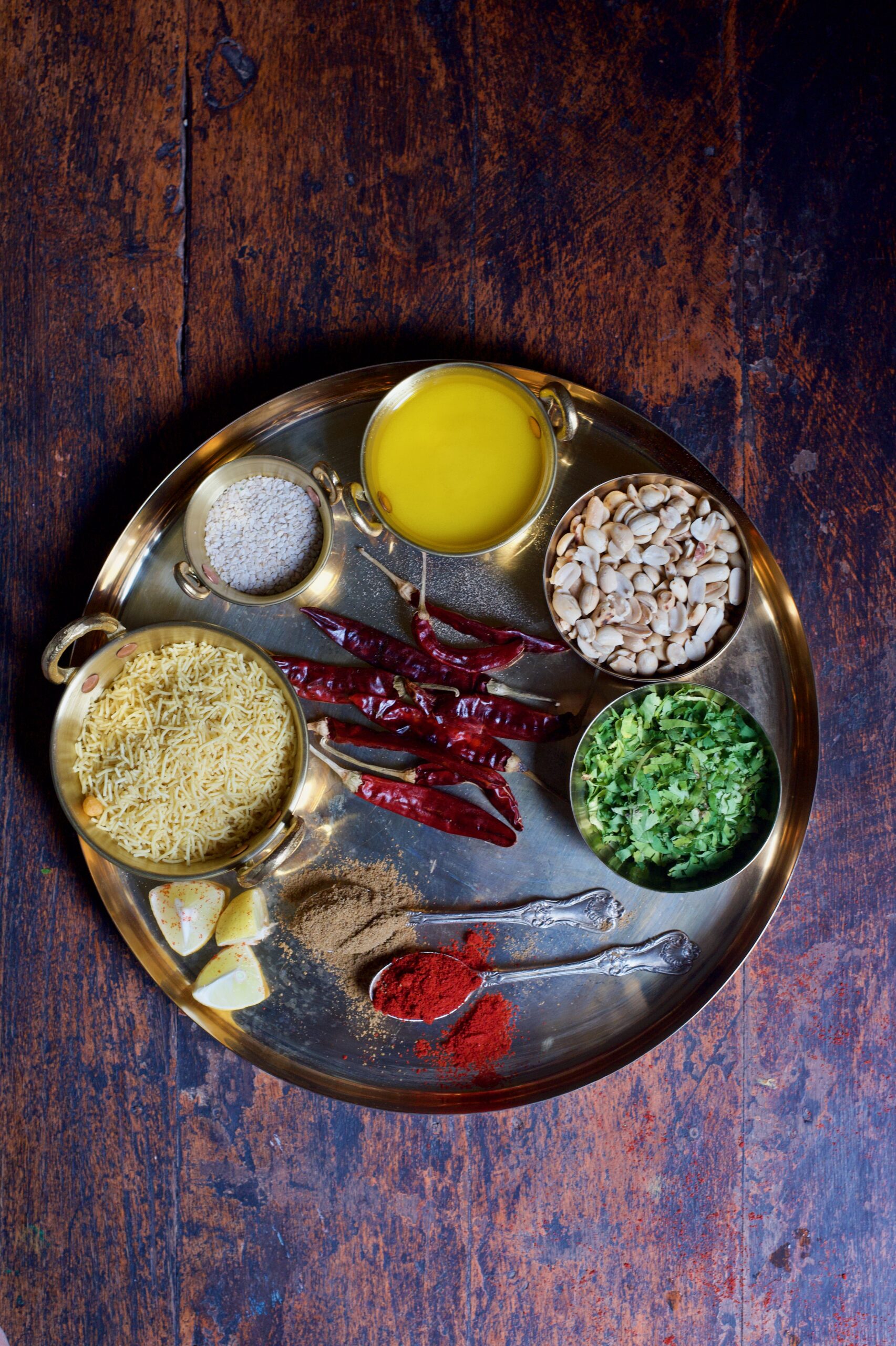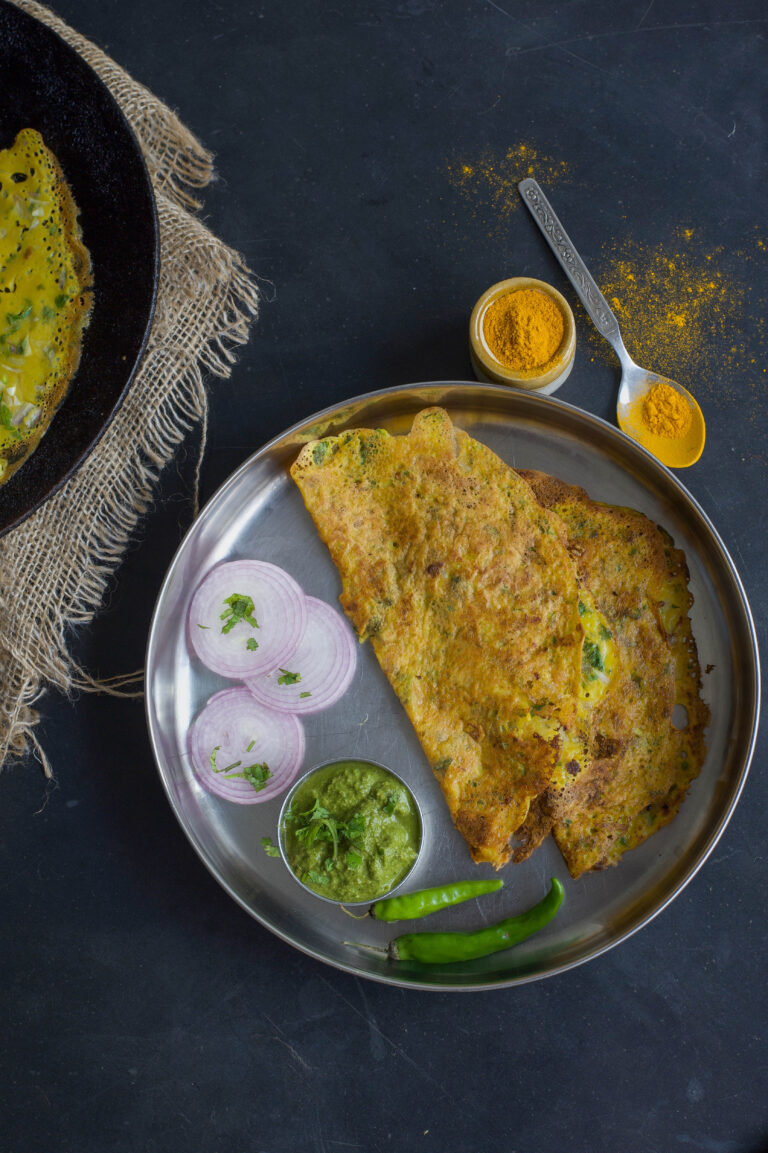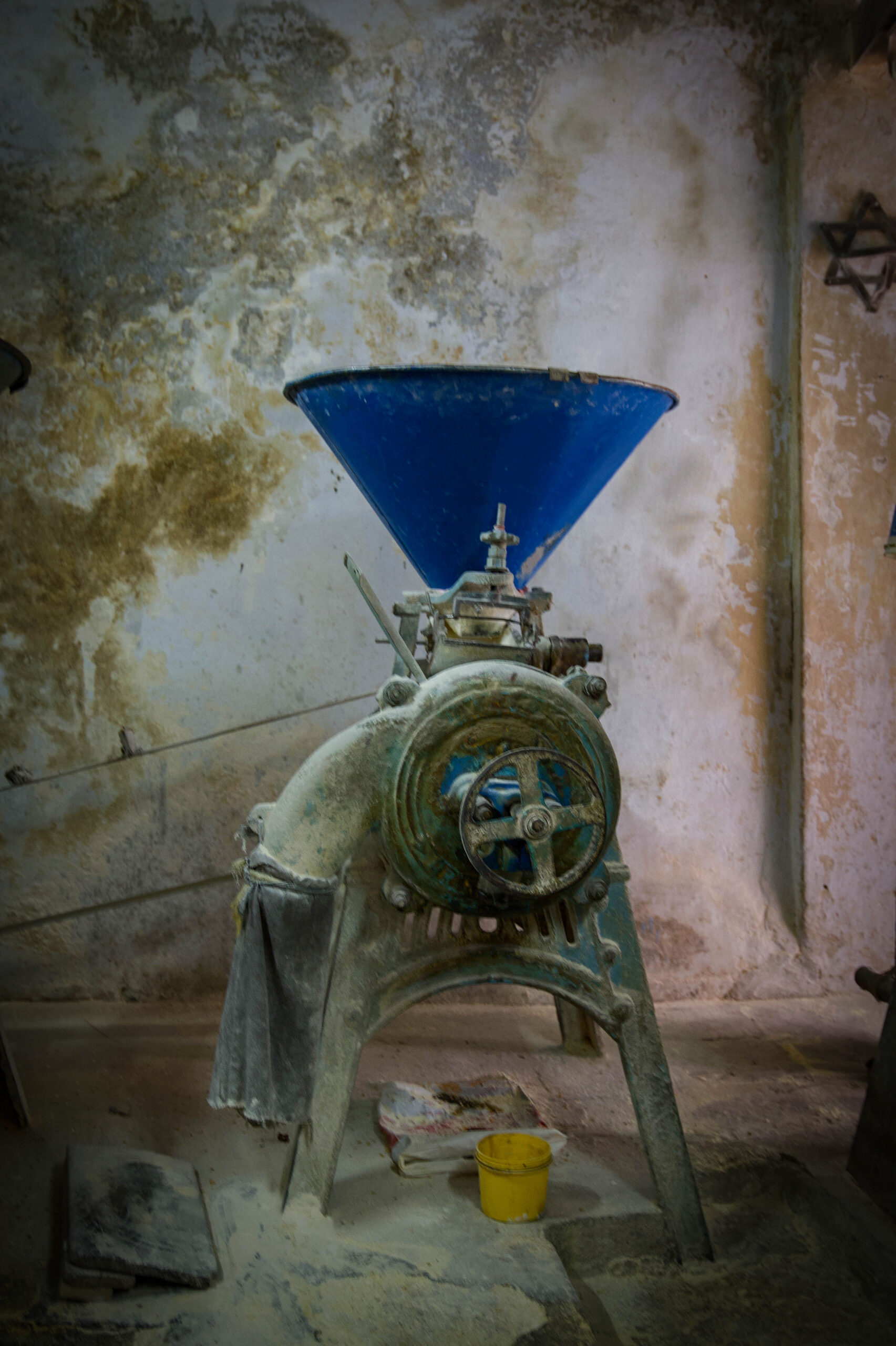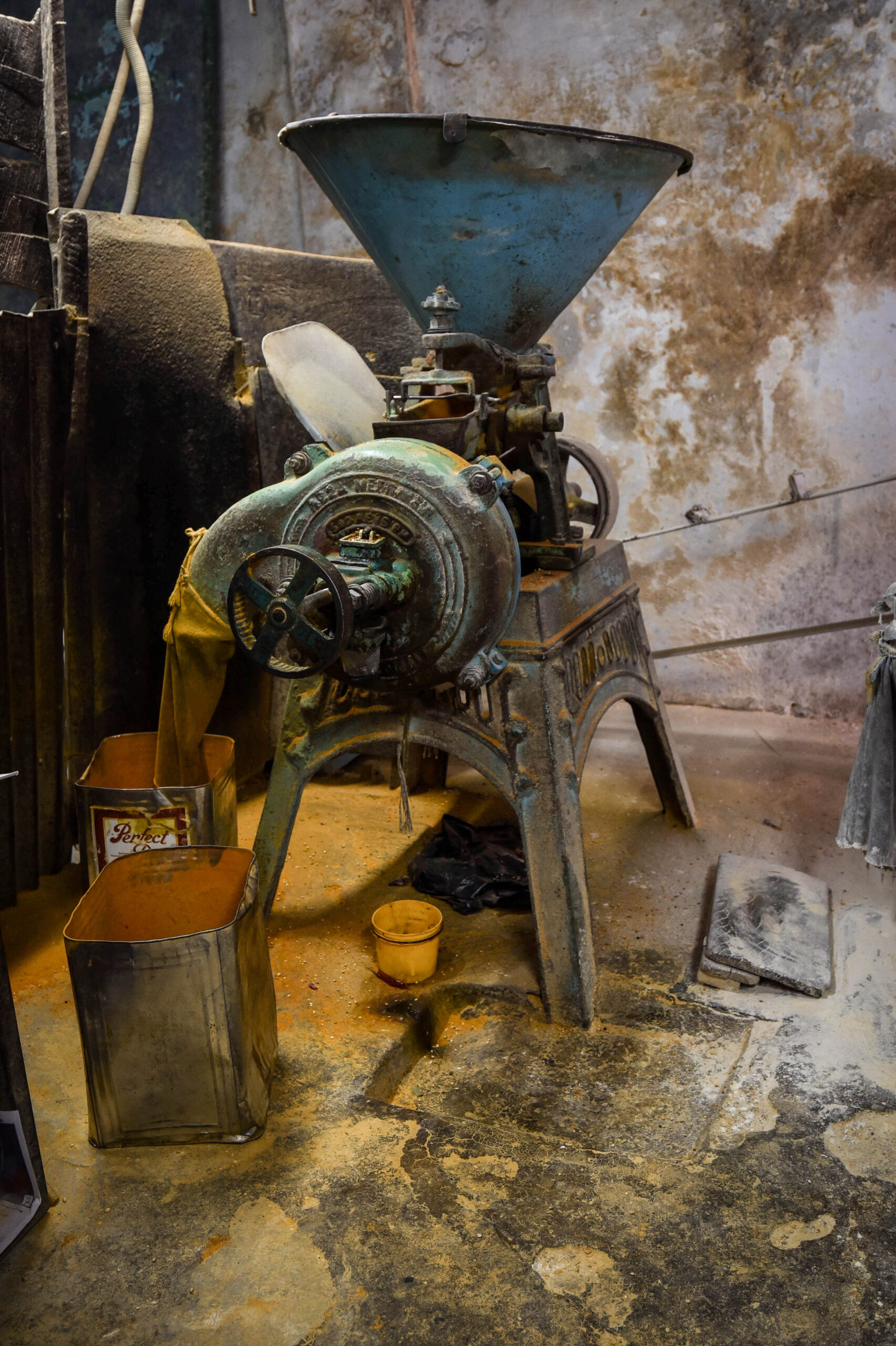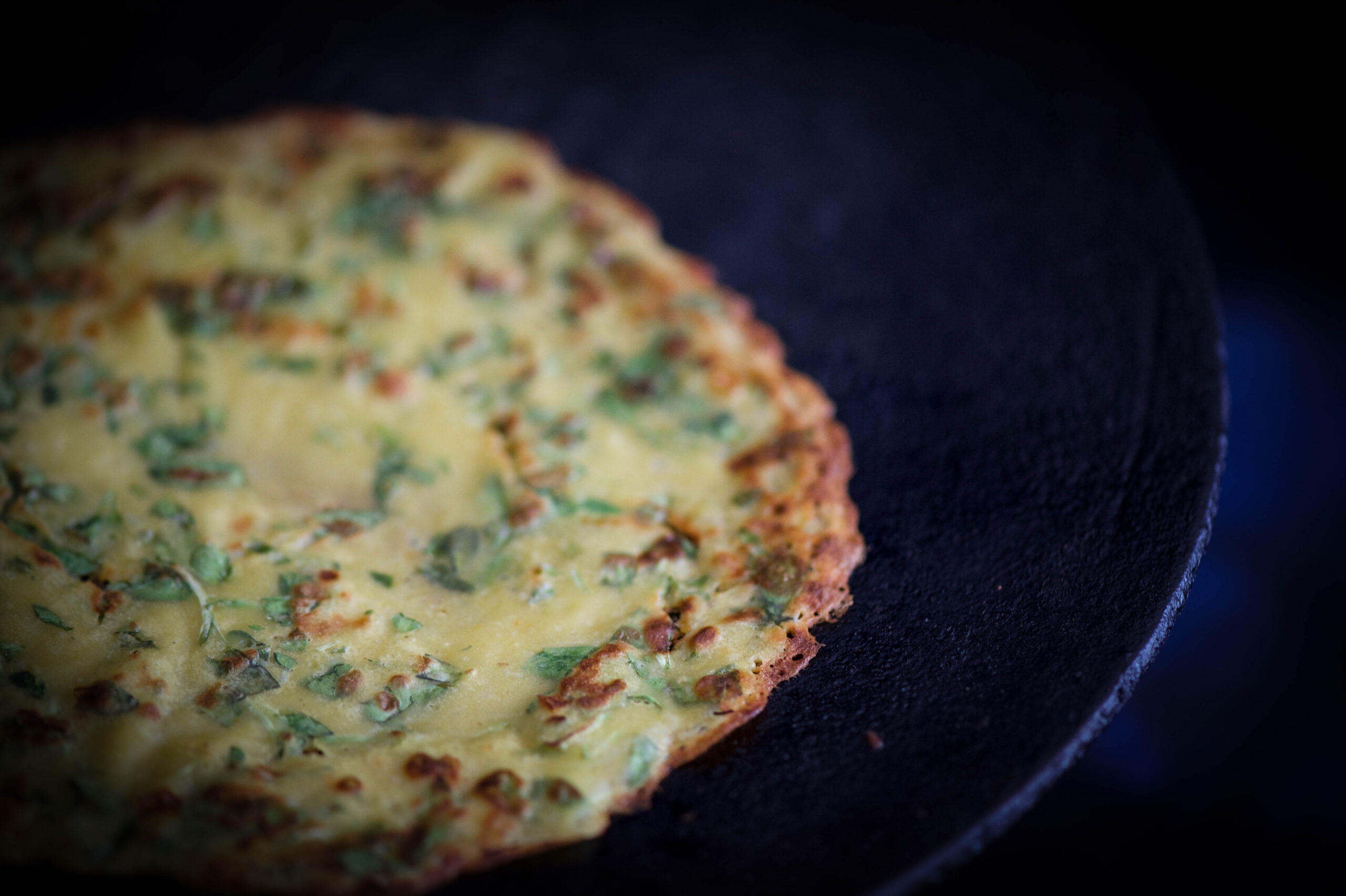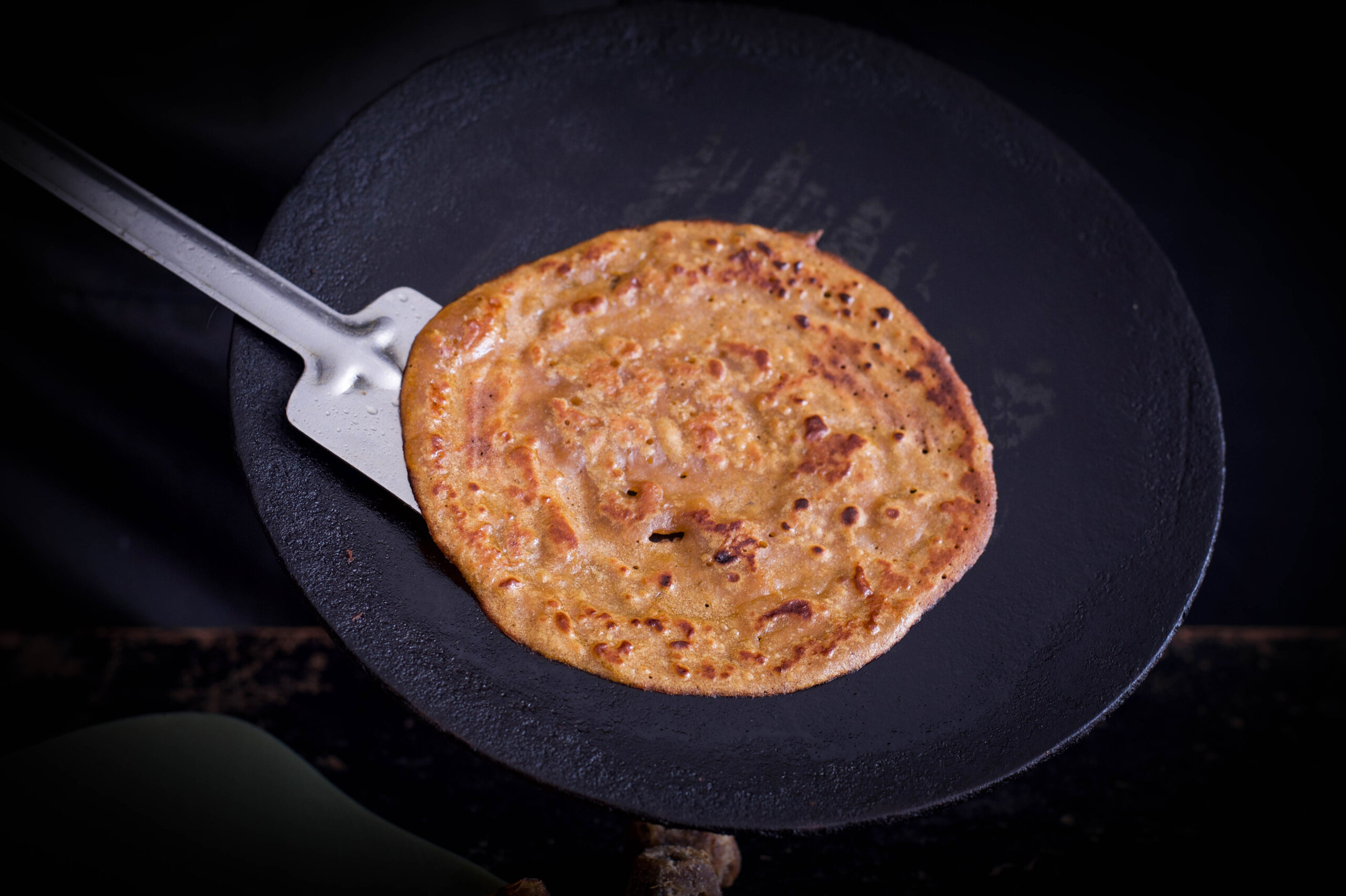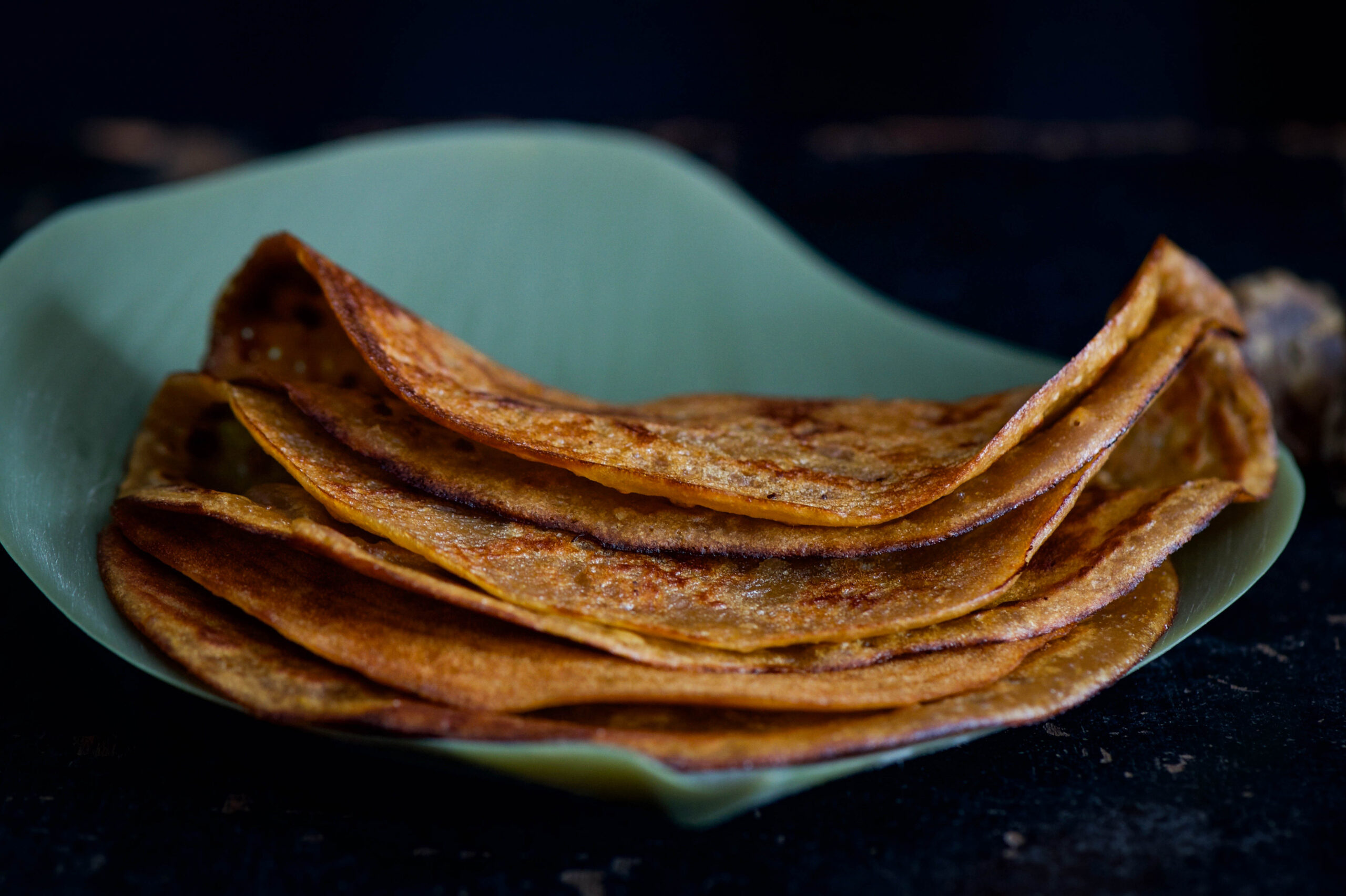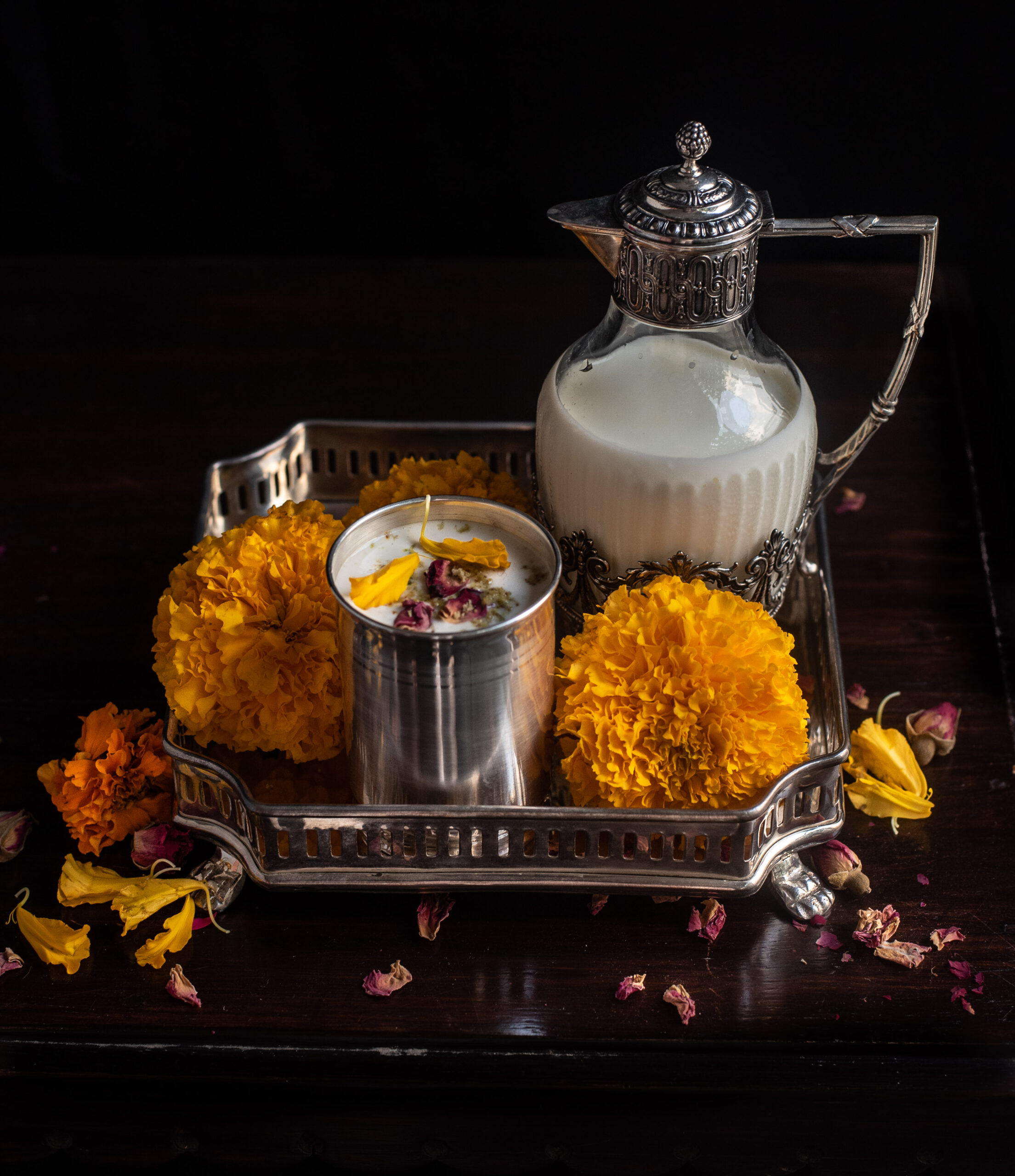
When I was growing up, it was believed in every Indian home that milk provided everything that a child’s developing body needed. Proteins, minerals, the works. This was true to an extent, of course, as milk contains an impressive range of nutrients that the human body needs. There were no fancy gyms back then, but I have fond memories of my siblings and friends and I going to the club and rowing. You needed to have strength to row, and being a vegetarian family, my mum made dairy a big priority so that our fitness and wellness needs were met. We consumed milk fresh and on its own, but also with Bournvita or Complan at different times to keep us going through the day or before going to bed. Coffee and tea were seldom given to children, and in Gujarati households were practically taboo to the point that I did not drink tea until after I was married. But milk was had aplenty. And when winters came around, my mother would prepare a special masala milk loaded with nutty goodness. With almonds, pistachios and good old milk, we had what would be called the perfect protein shake today.
Although I’m now a proponent of this protein-rich pudding that I devour each morning after my workout, I felt sentimental about this simple, nutty masala milk from my childhood days. I then remembered that my mother used to be particularly keen on us having this instead of regular milk during winters, so that we were more fortified. Although Chennai doesn’t experience winter like you may know it, it does rain a lot and kids certainly fall ill during this time. But for us, the Indian “ishtyle” masala milk was just a treat. In some ways, this beverage was our version of a hot chocolate, which is why I share the recipe with you as a Christmas drink.
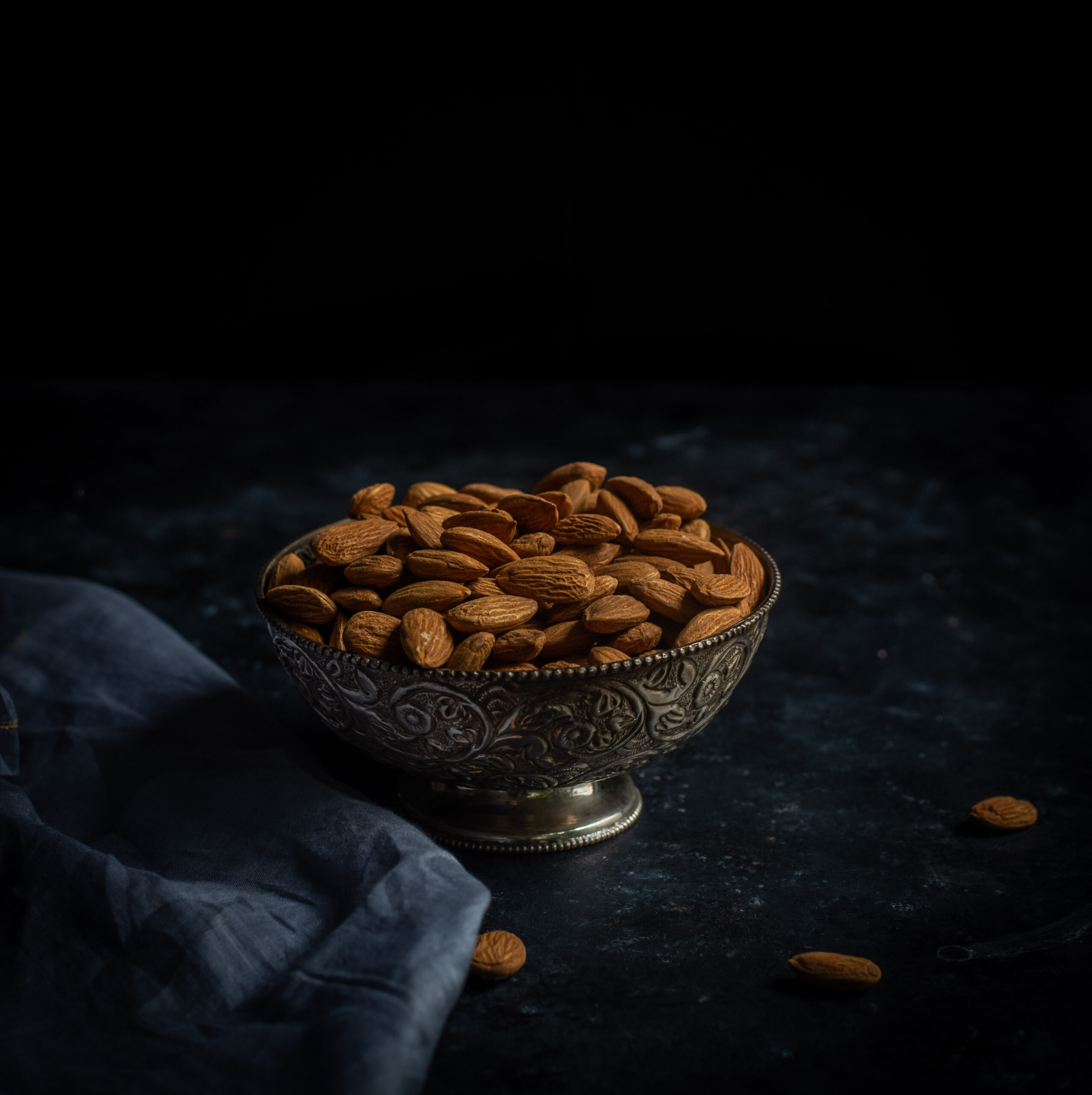
Second to milk, most Indians still believe that dried fruits and nuts are the best source of protein. Obviously, our ancestors already knew the nutrient values that others are only discovering now. Nowadays, thanks to a growing health consciousness, instead of the customary mithai exchange during festive occasions, we have taken to exchanging pretty parcels of fruits and nuts with well-wishers. As you may know, I use both generously in my muesli, one of re:store’s bestsellers. My mother used nuts to make this masala, but I’ve taken it a step further…
I also feel that the milk we had when we were younger was much less adulterated. Cows were treated better, and most of all, we had the sense that we could trust what we were buying. But milk has nothing to do with the recipe I am sharing with you today, despite its status as a crucial part of my childhood version of this beverage. As you know, I often experiment with vegan ingredients as many of re:store’s clientele enjoy them. So here’s my own twist to my mother’s trusted recipe. Not only is this masala milk vegan, but I also share how to make vegan milk rather than rely on a store-bought product. This way, you can ensure that what you and your family consume is of the best quality.

Vegan Masala Milk
(Yield: 2-3 cups)
Ingredients
Nutty Milk Masala
1 cup whole almonds
1 cup shelled unsalted pistachios
2 pinches saffron
10 pods cardamom
Vegan Milk
¾ cup cashew nuts
1 cup hot water
1 teaspoon milk masala (or more)
2 teaspoons honey (or sweetener of your choice – dates, maple syrup or sugar)
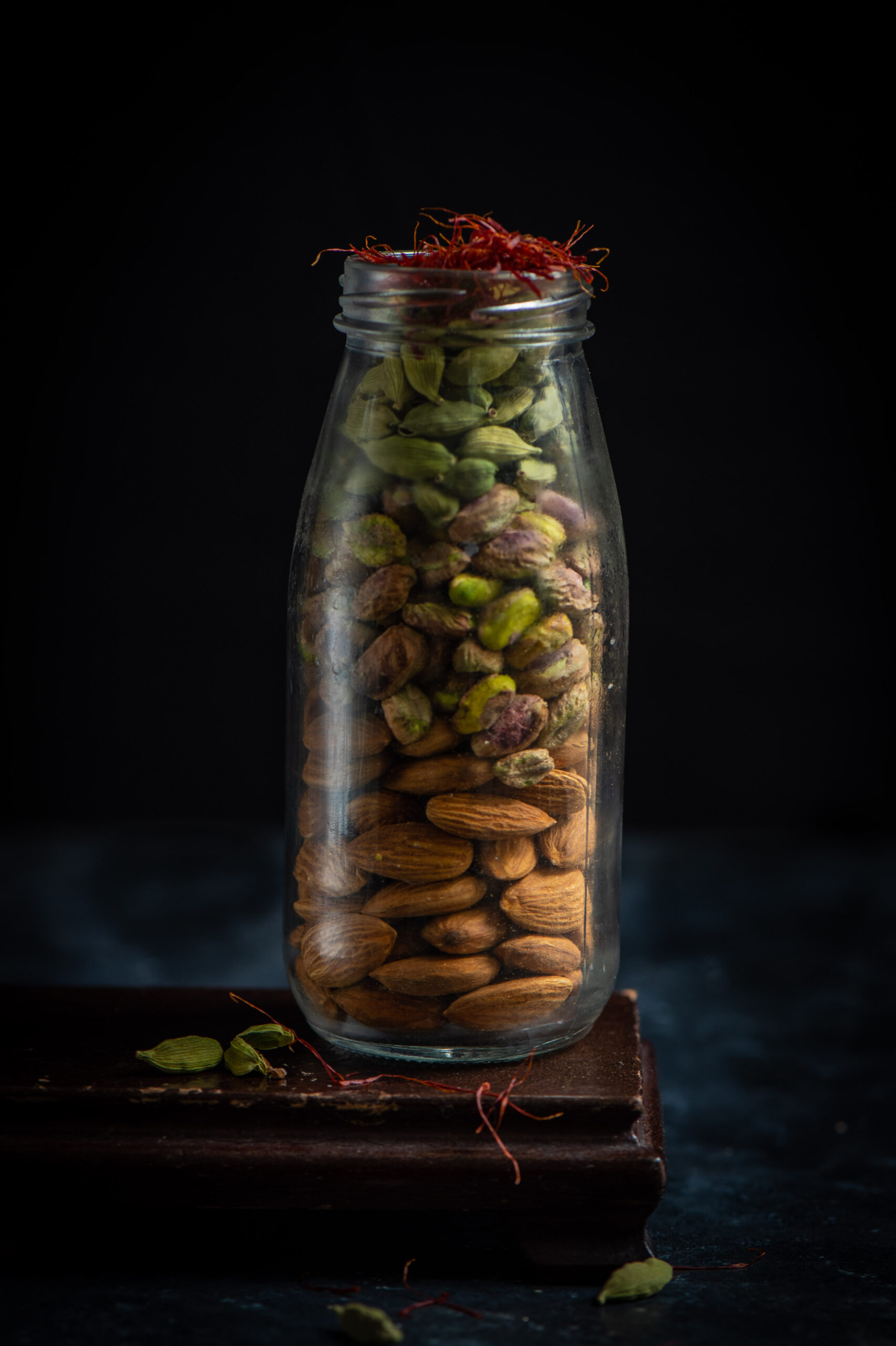
Begin by preparing the nut-based masala, and set it aside. All these ingredients should remain dry until they are added to the milk. You can prepare a larger quantity so you can store and use it later. My mother would make a batch at a time and just blend it into (regular) milk when it was serving time.
Peel the cardamom and add to the remaining ingredients: saffron, pistachios and almonds. Blend. You can make this powder as coarse or as fine as you prefer. If you would like a crunchy taste to your masala milk – which also tastes amazing – you can hand-pound the ingredients instead of using a blender. Store in a clean glass jar and use as required.
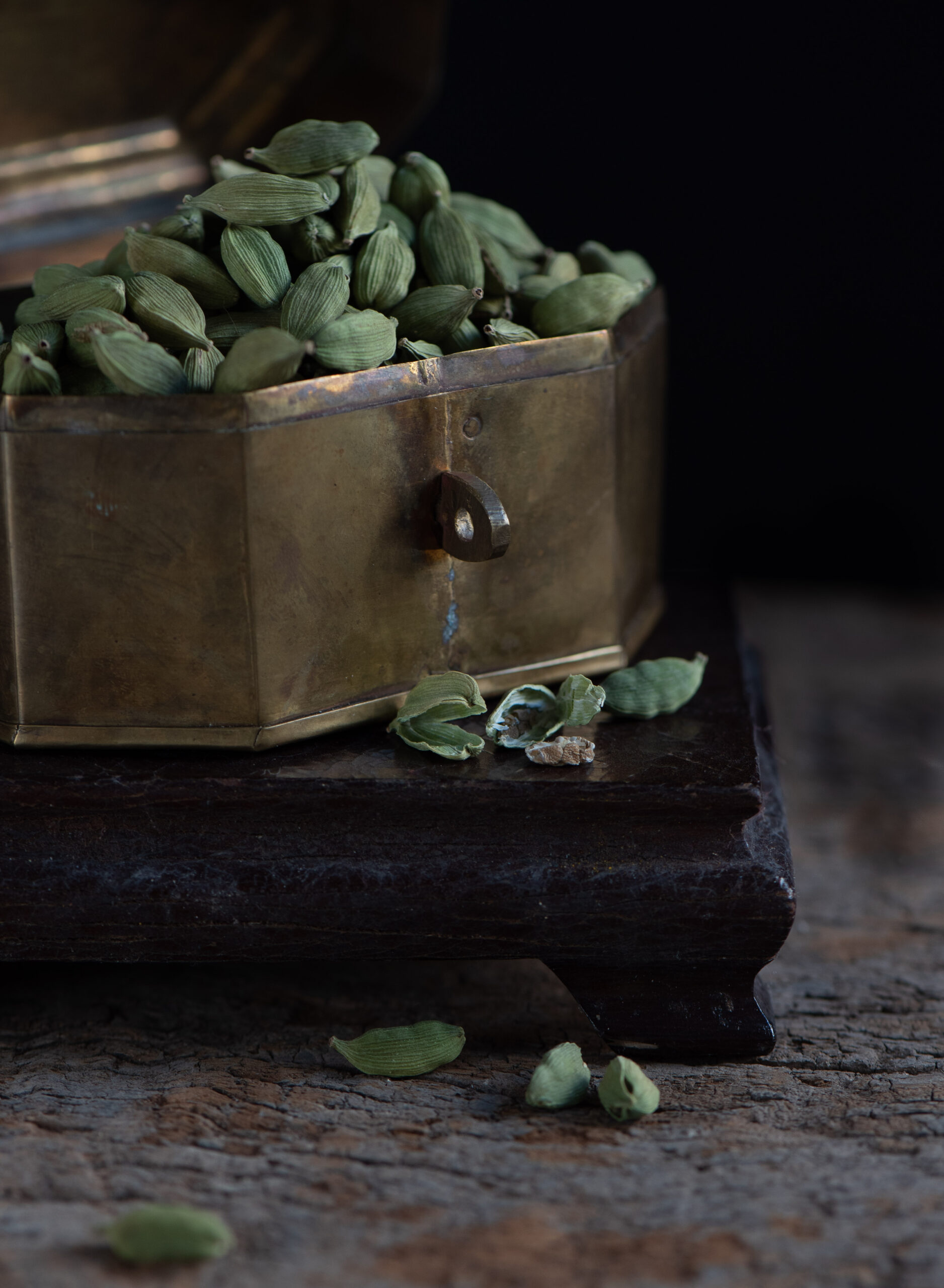

Then, make the vegan milk itself. As those of you familiar with vegan diets know, soy, seeds, or almonds or other nuts are the usual source. In this case, I have used cashew nuts. Soak the cashew nuts in water for about 3 hours. Then, remove the water that was used for soaking. Add the hot water, and blend the nuts until they are thick and creamy. If you prefer the consistency to be thinner, add more hot water. Voila – vegan milk! If you’ve ever wondered what it is, you now know how easy it is to make.
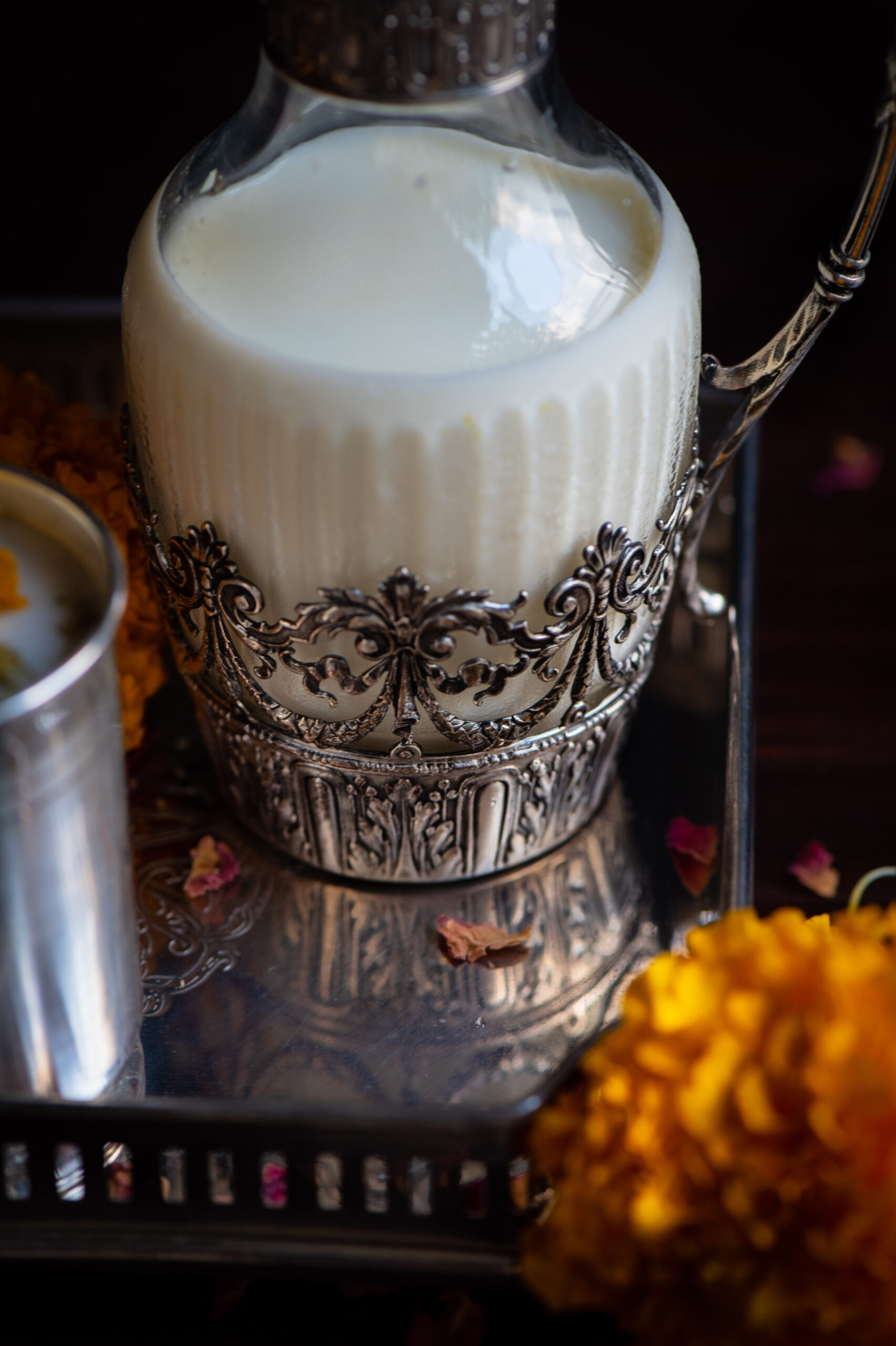
Once the vegan milk has been well blended, add the masala prepared earlier and stir. Serve in small cups. I find this vegan milk masala to be very filling and heavy, so I prefer small portions. Sweeten as per your liking.
What I love about this recipe is that it has a bit of novelty to it, as well as a bit of nostalgia. Just perfect for Christmas time, especially if you’re watching your diet this year – don’t you think?


